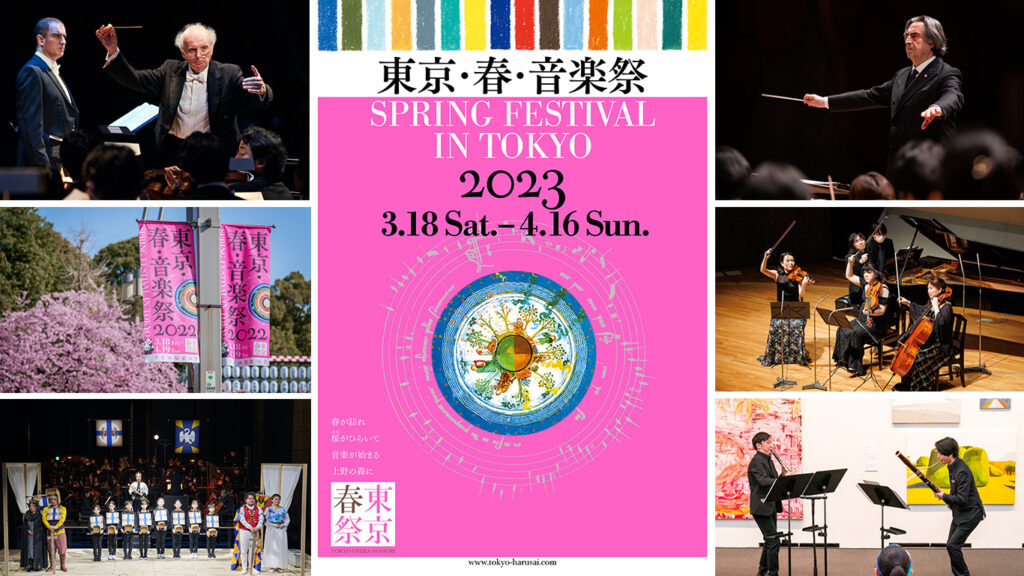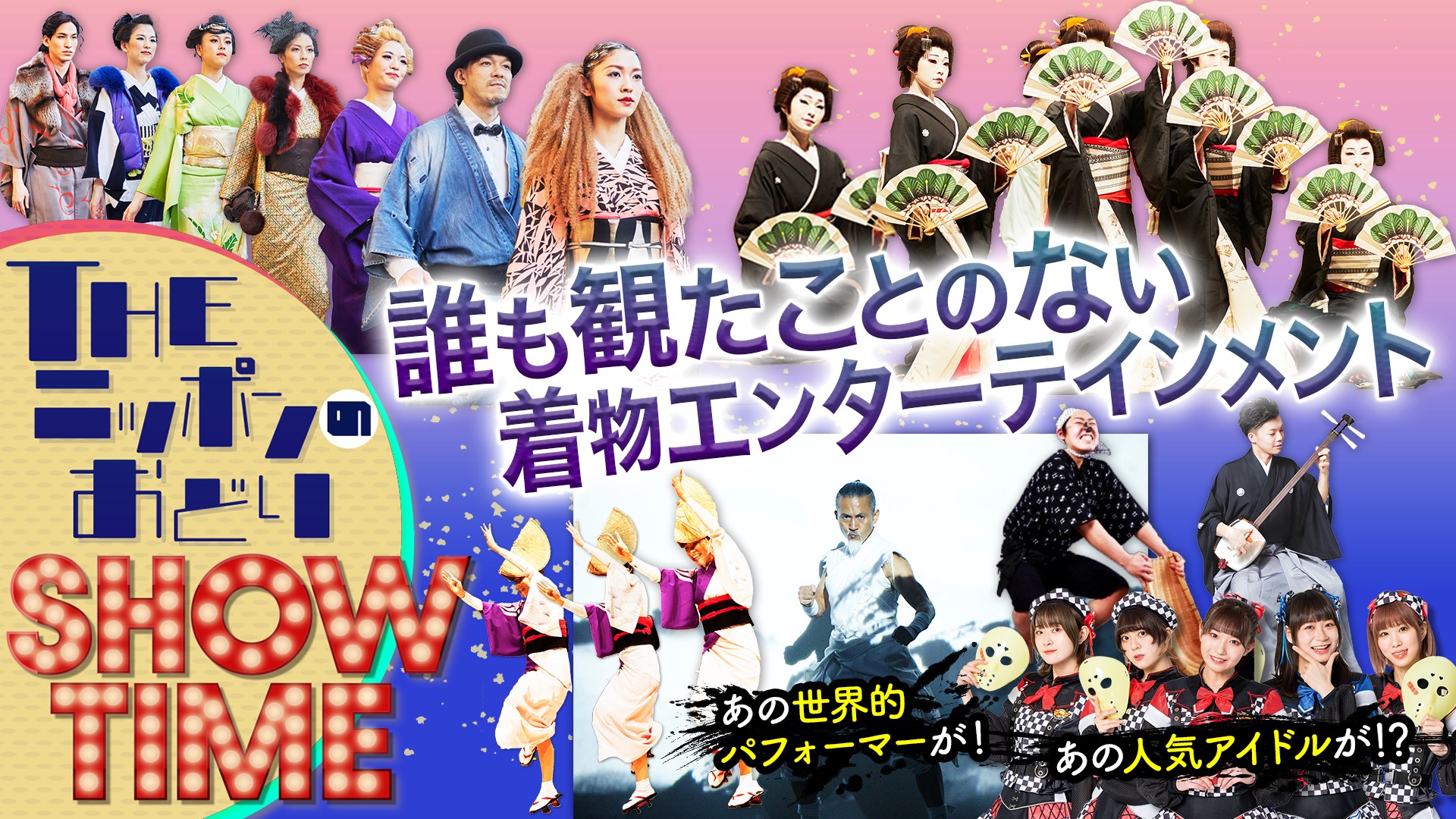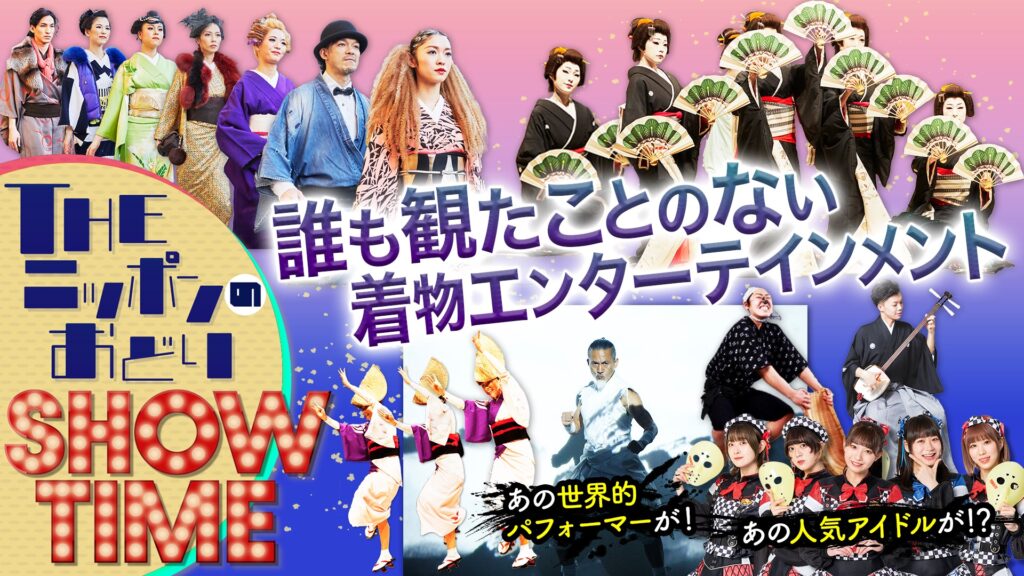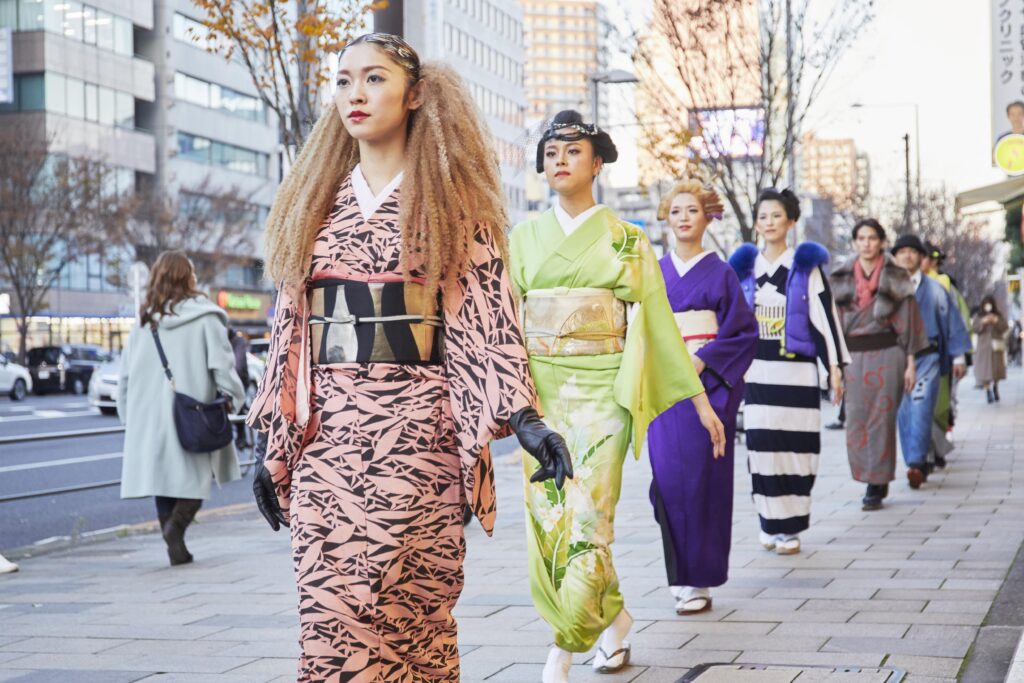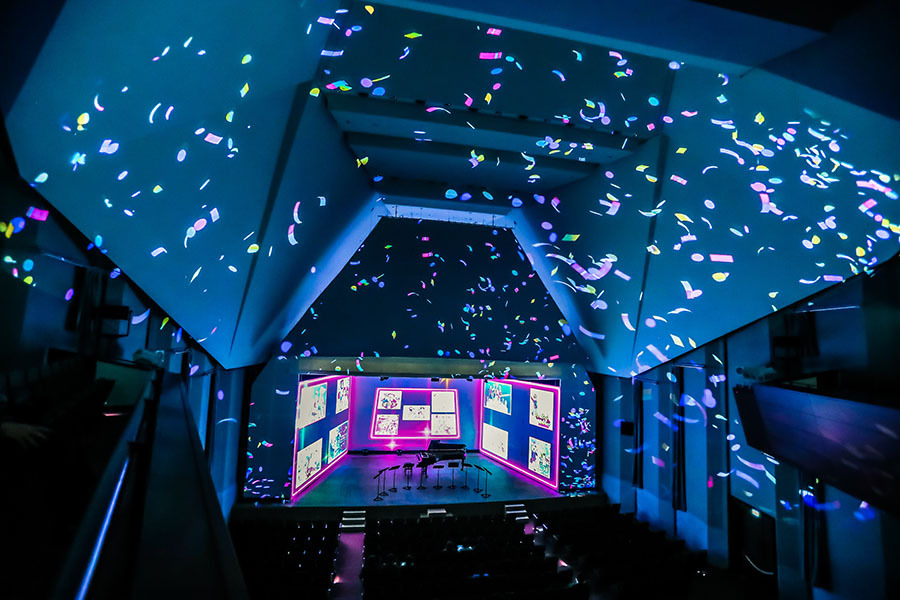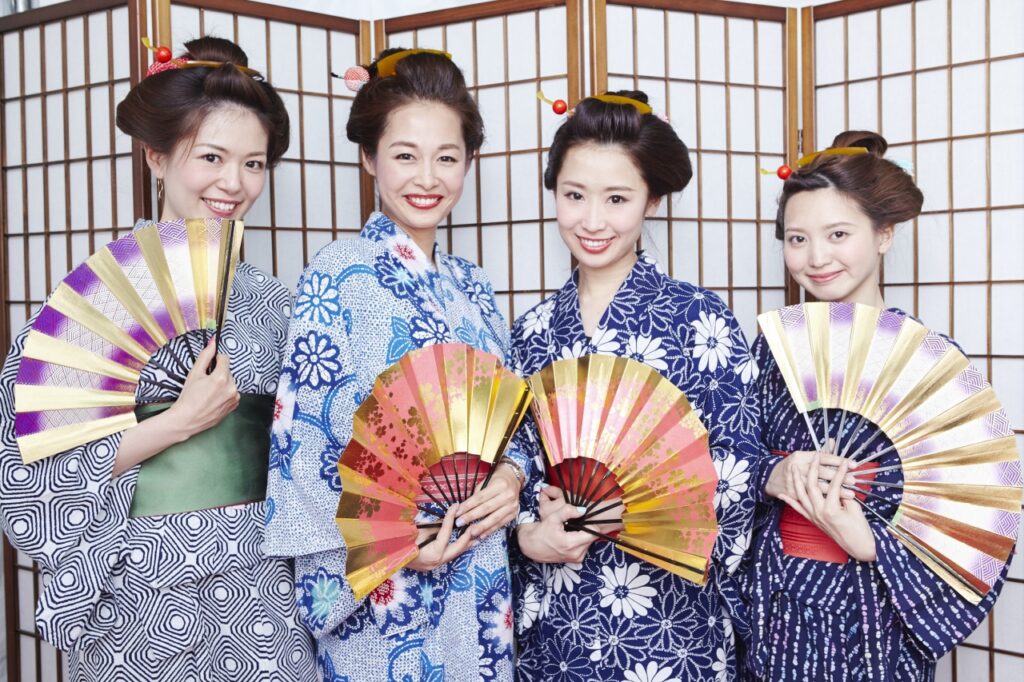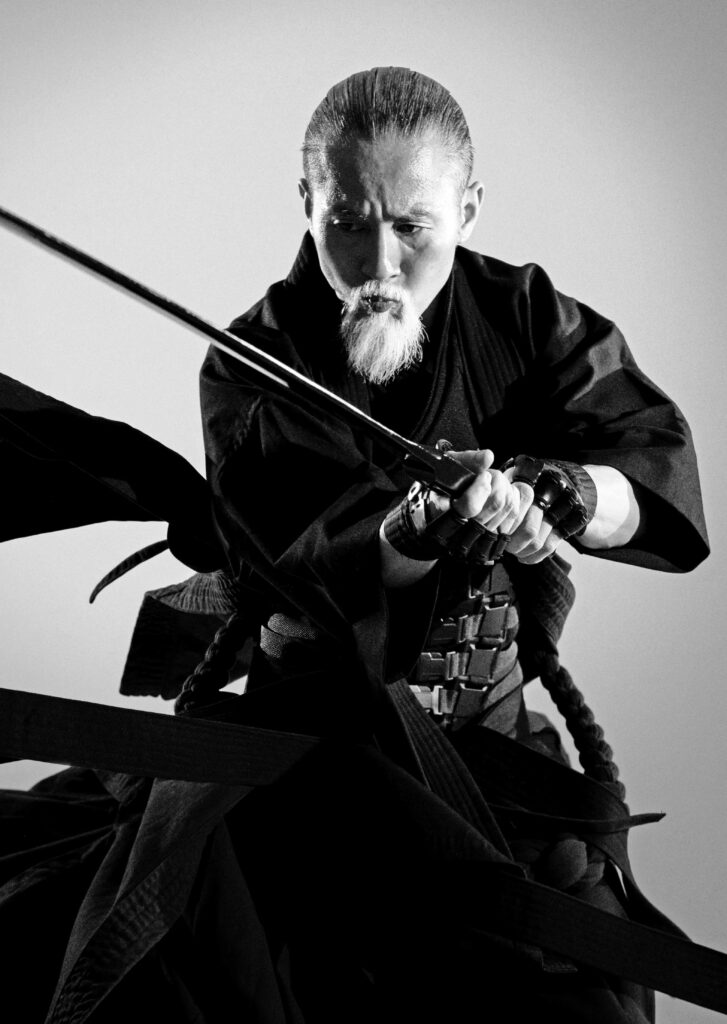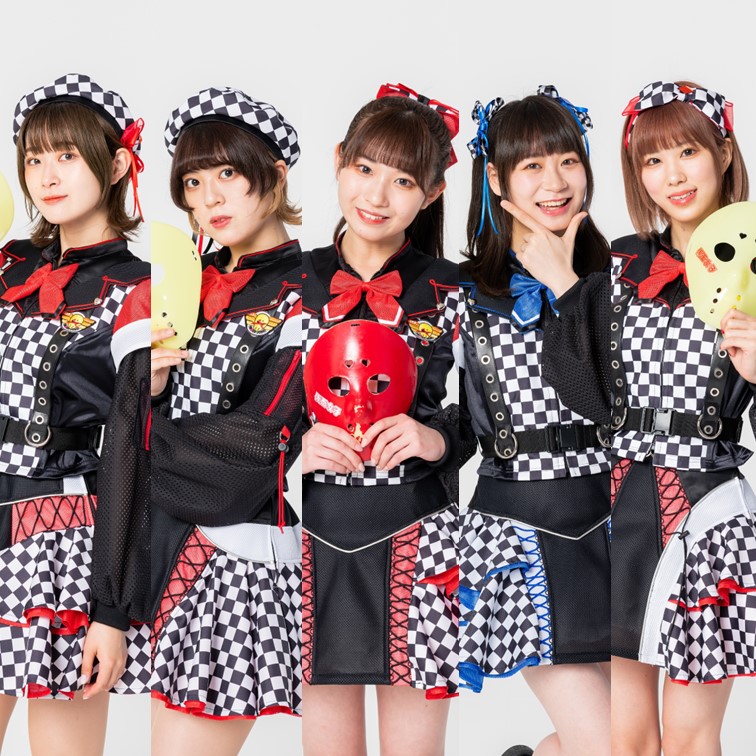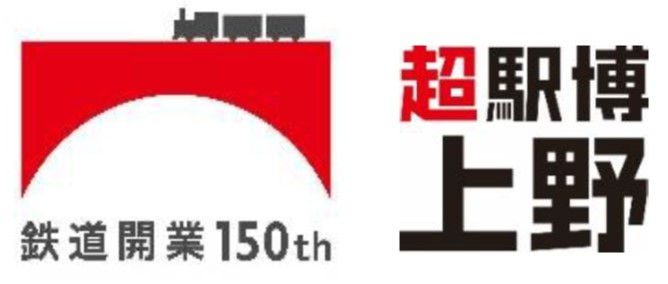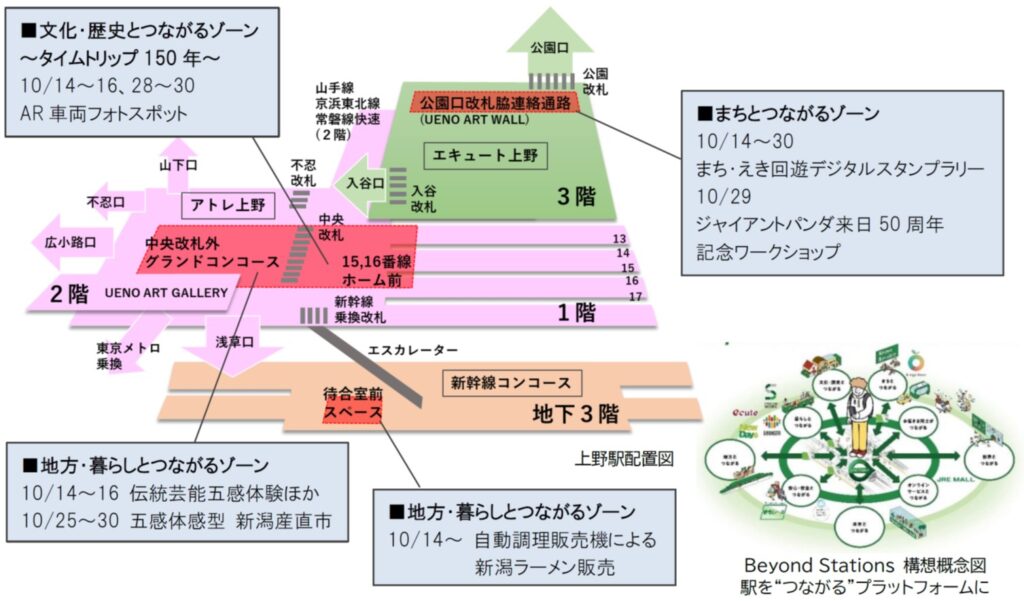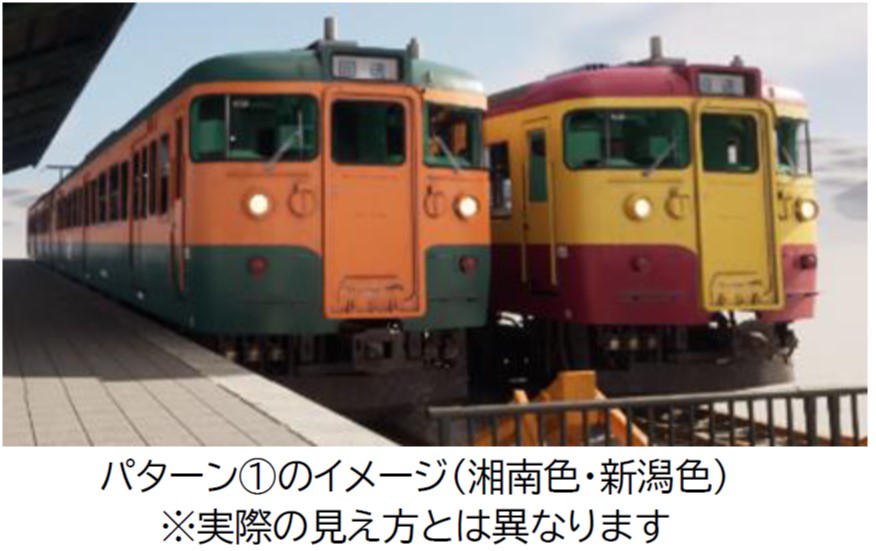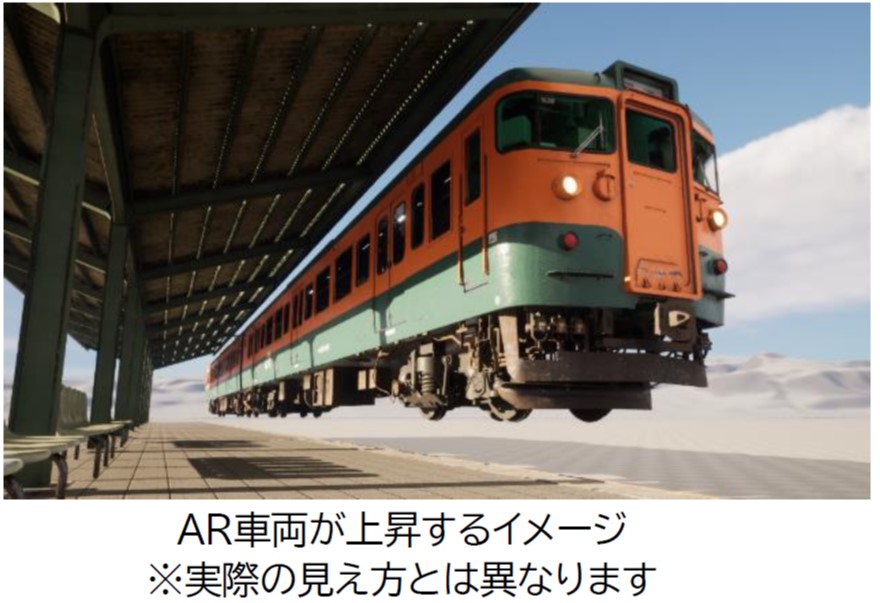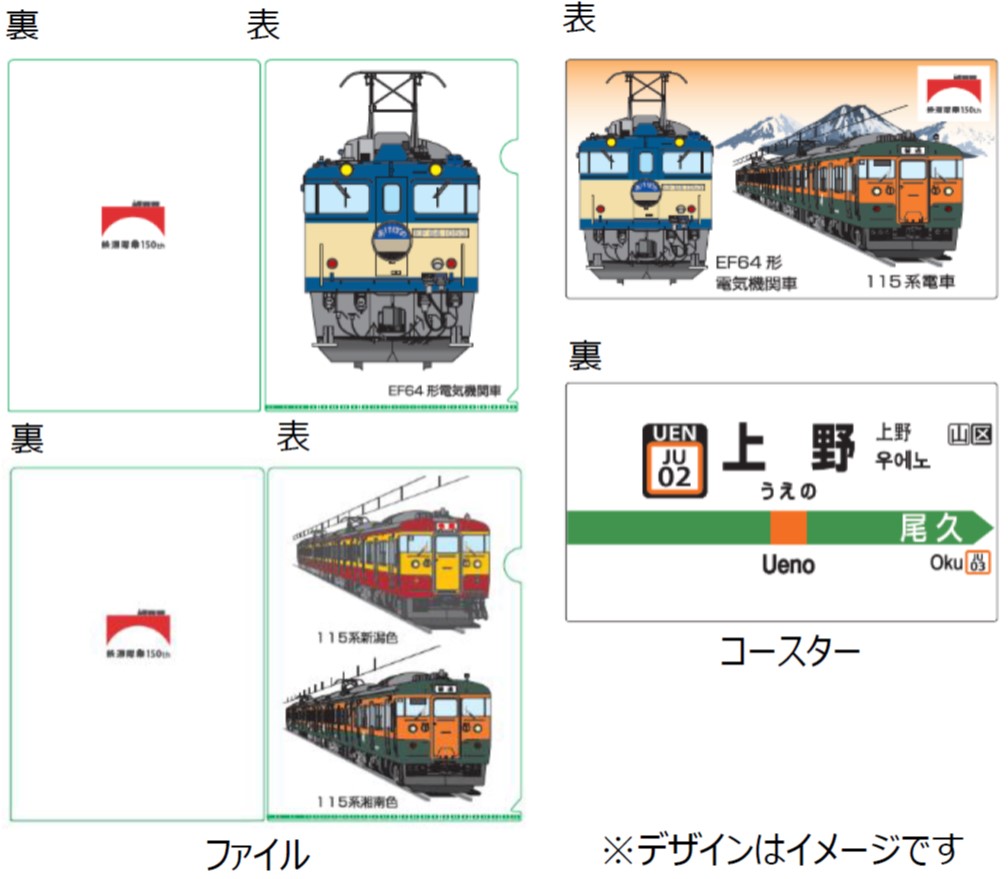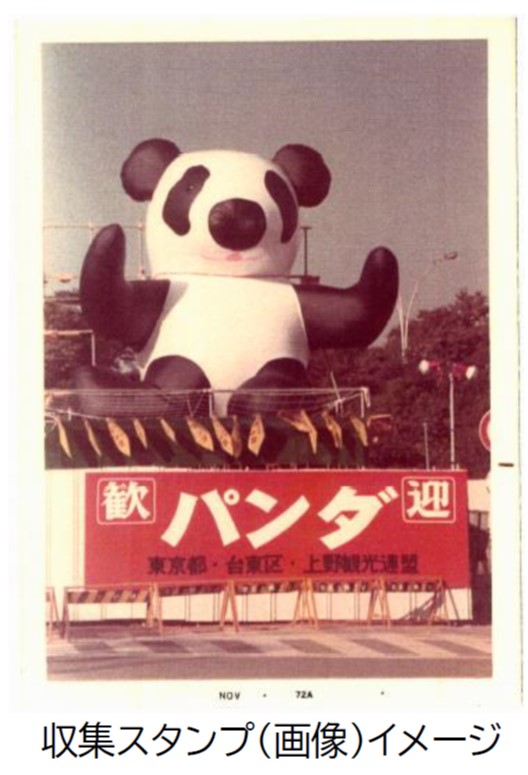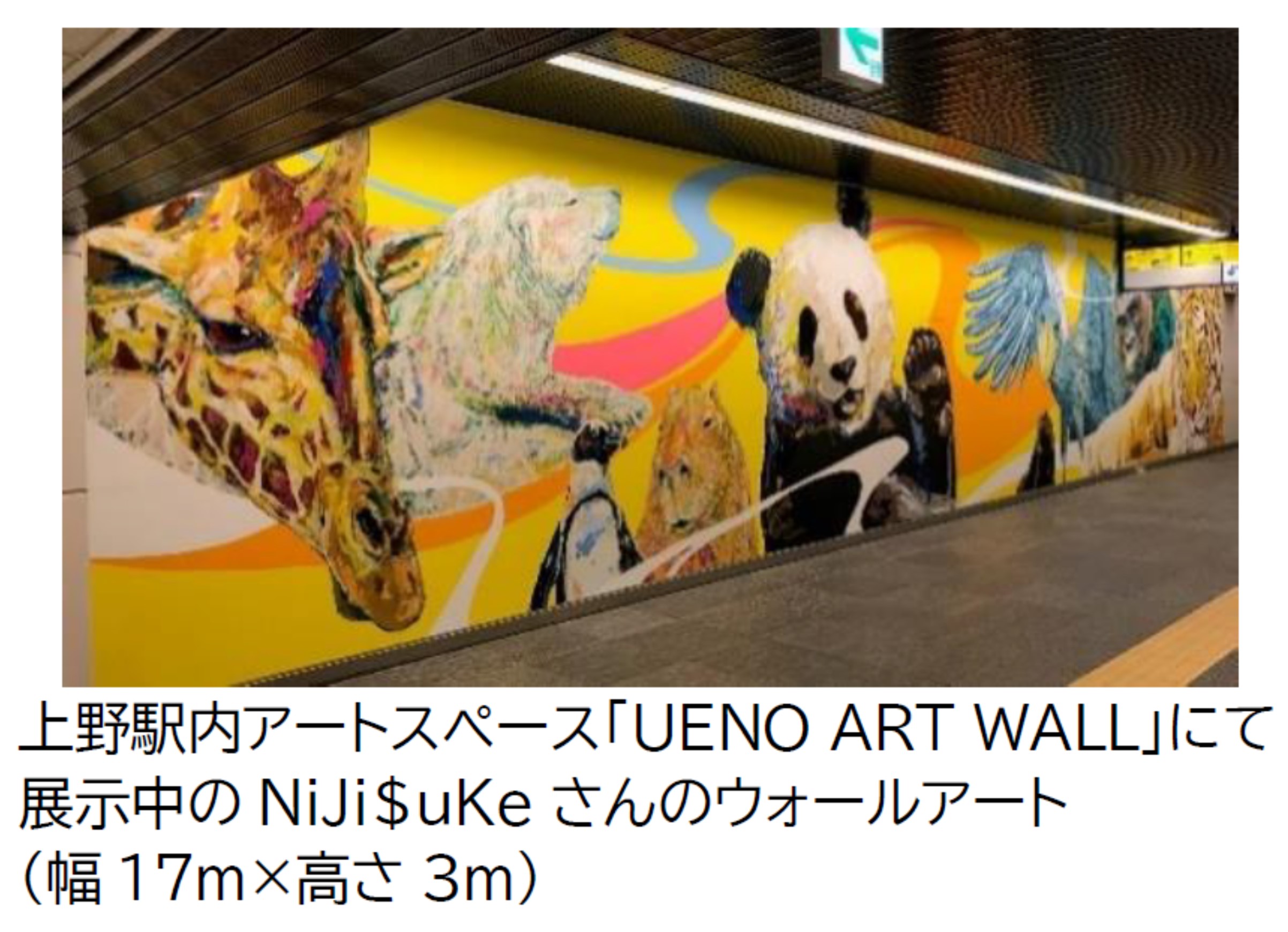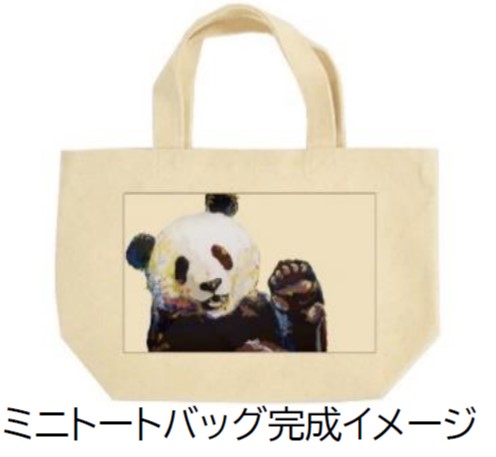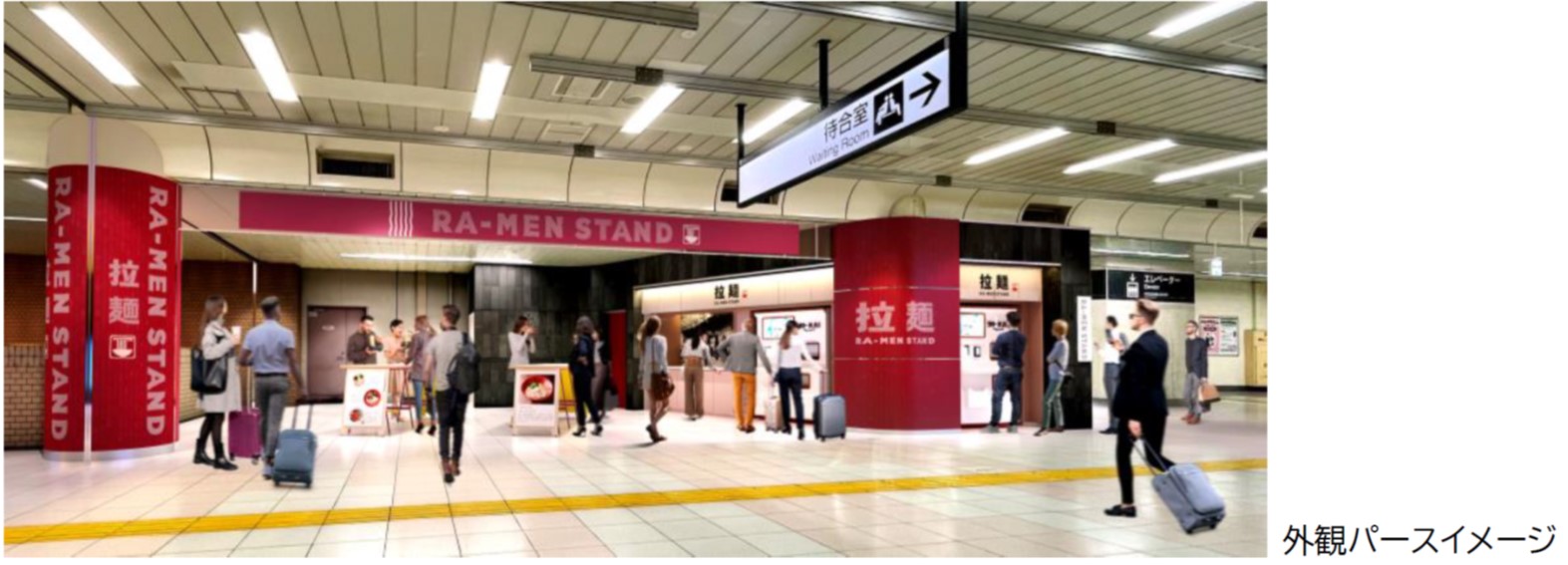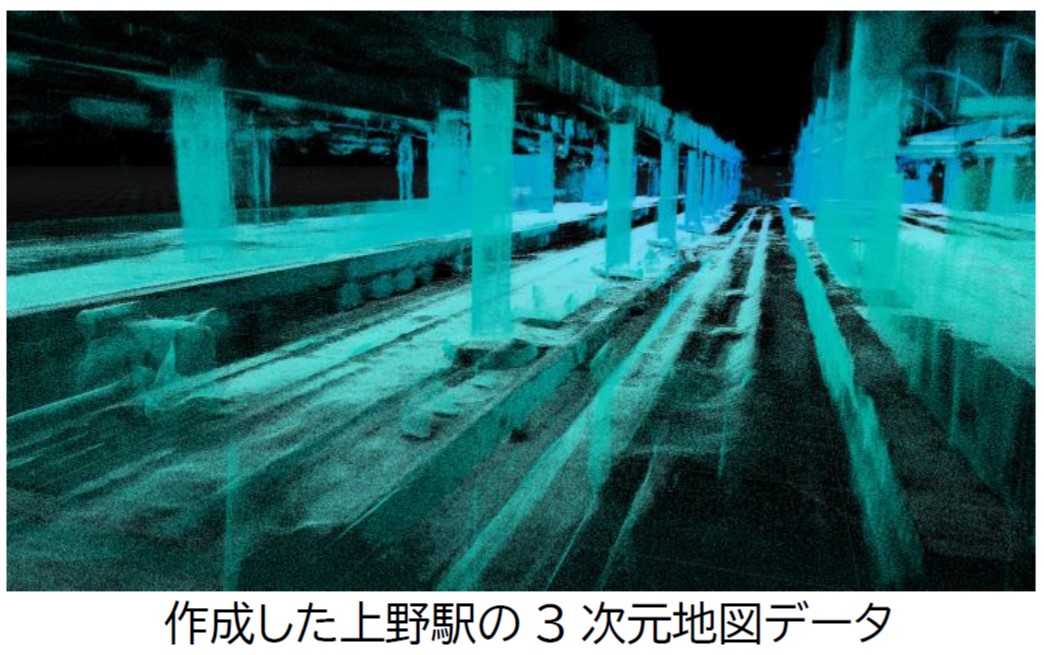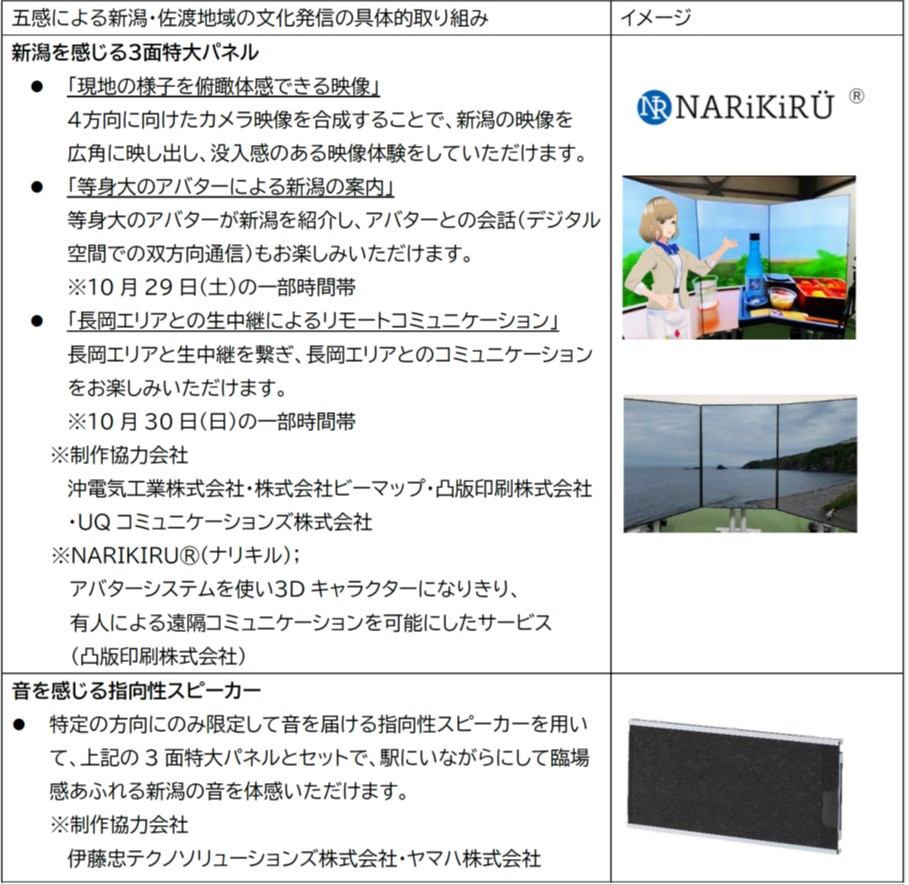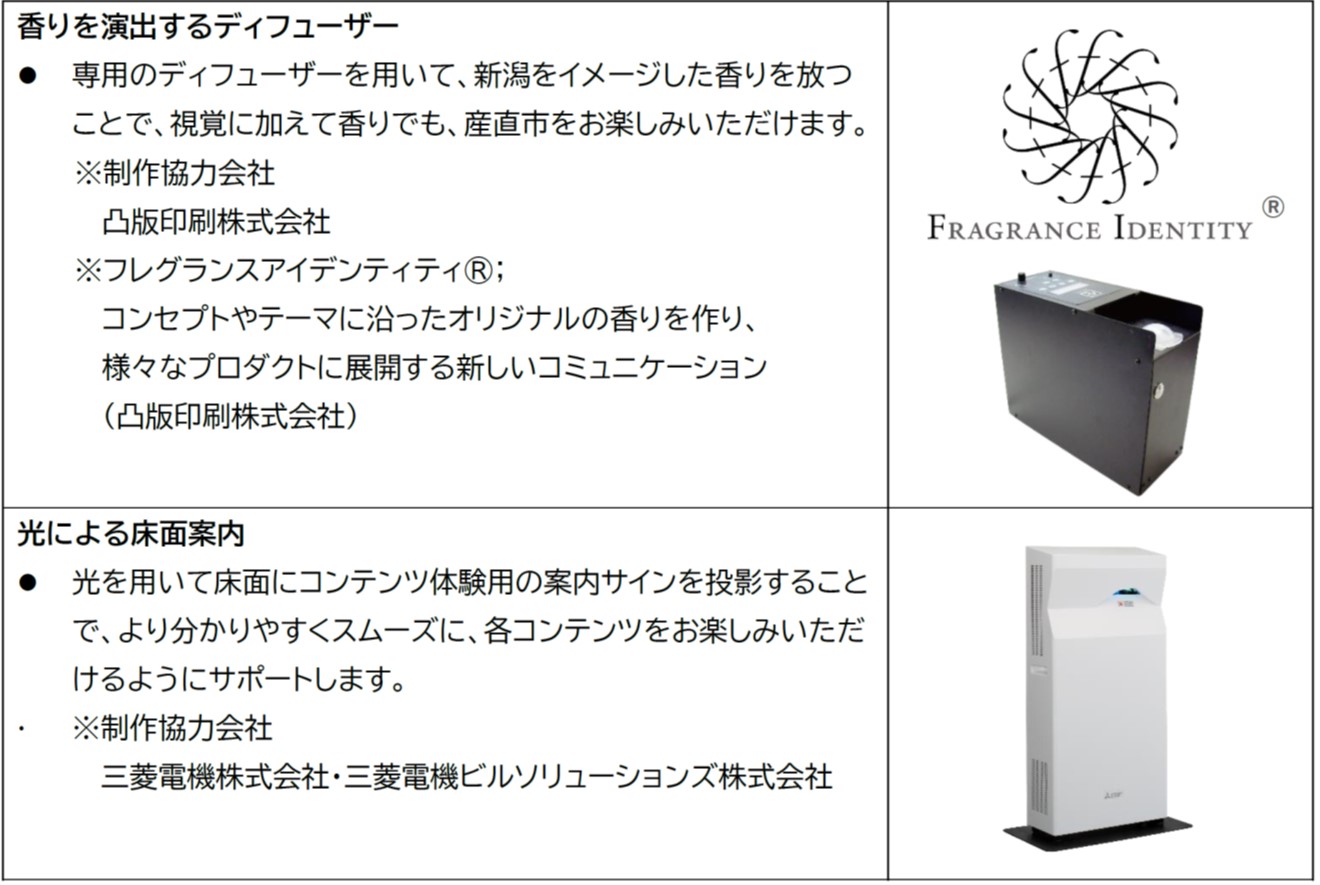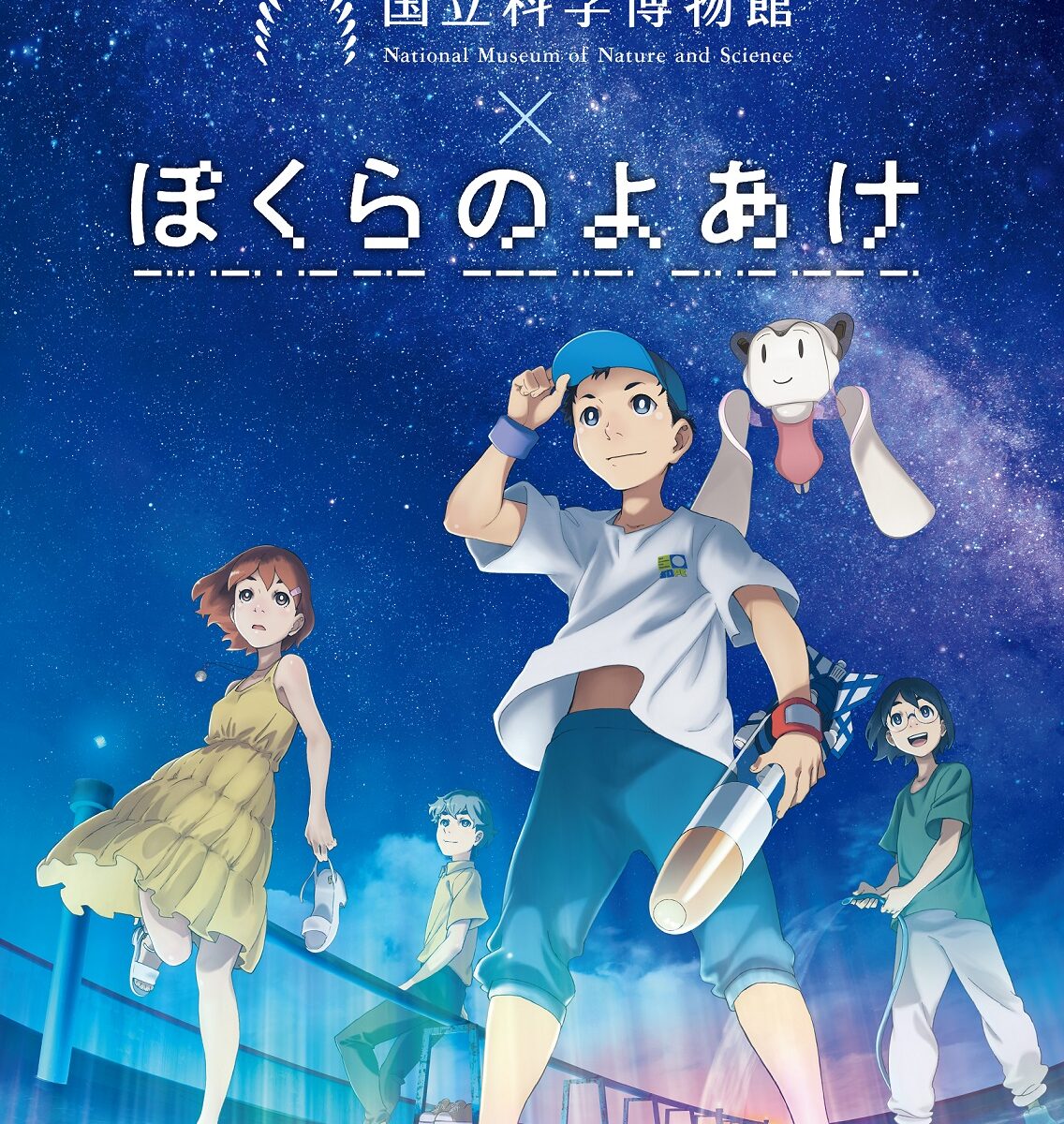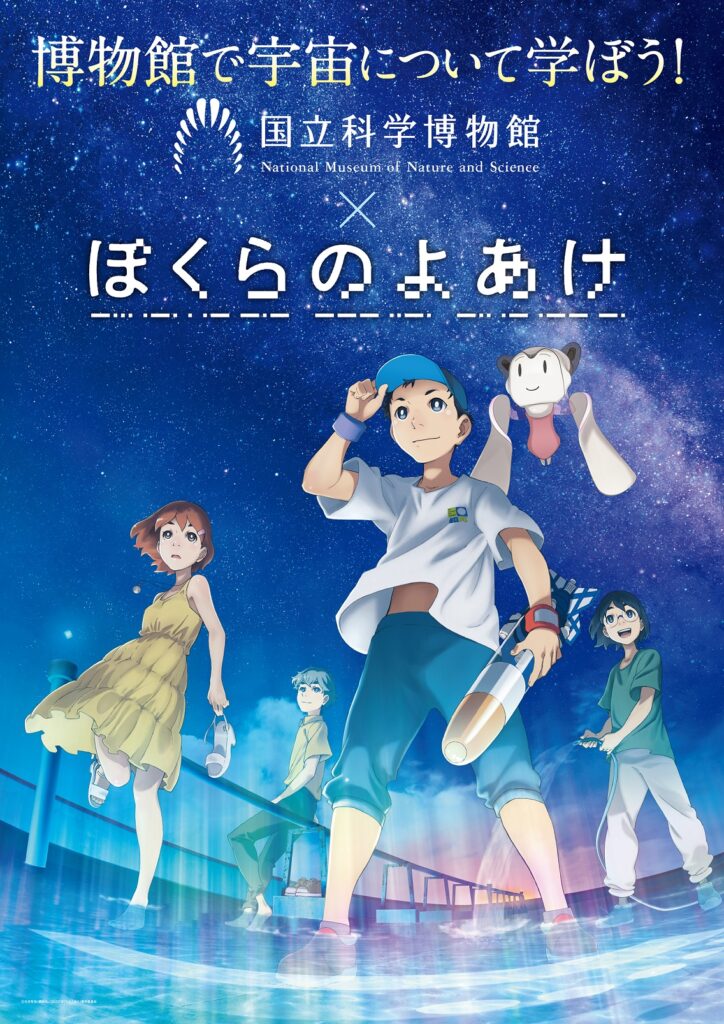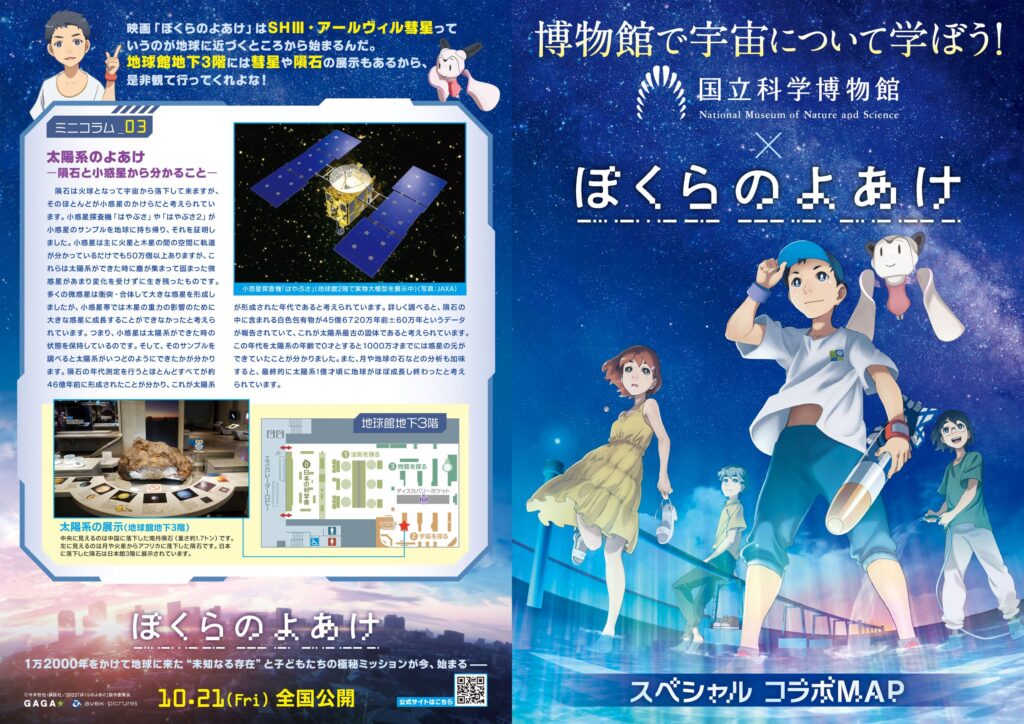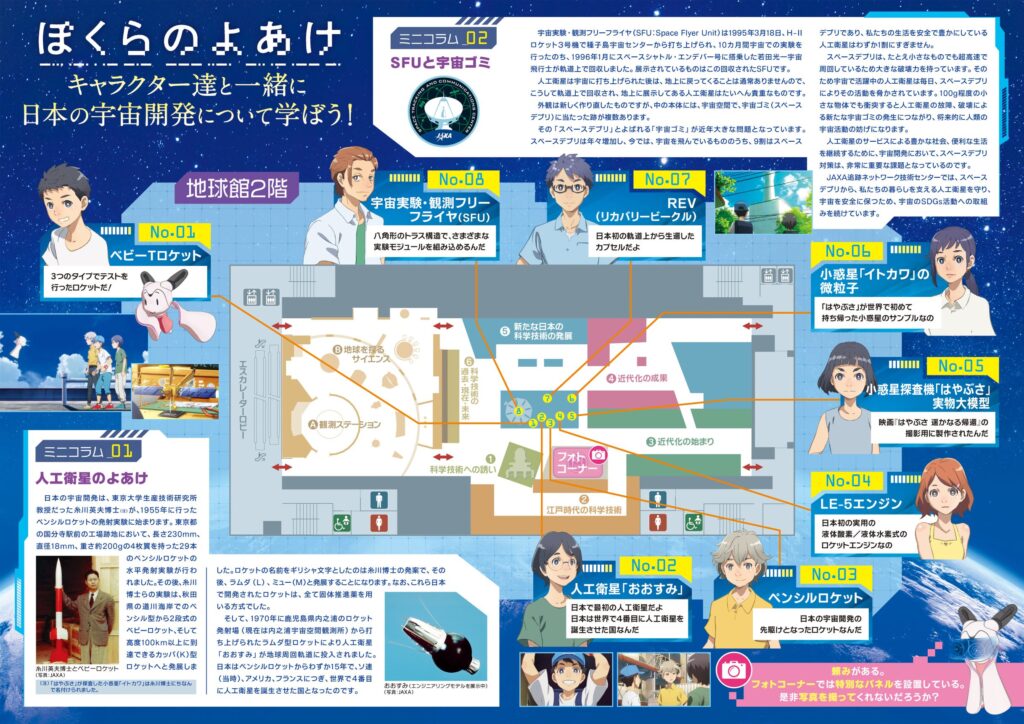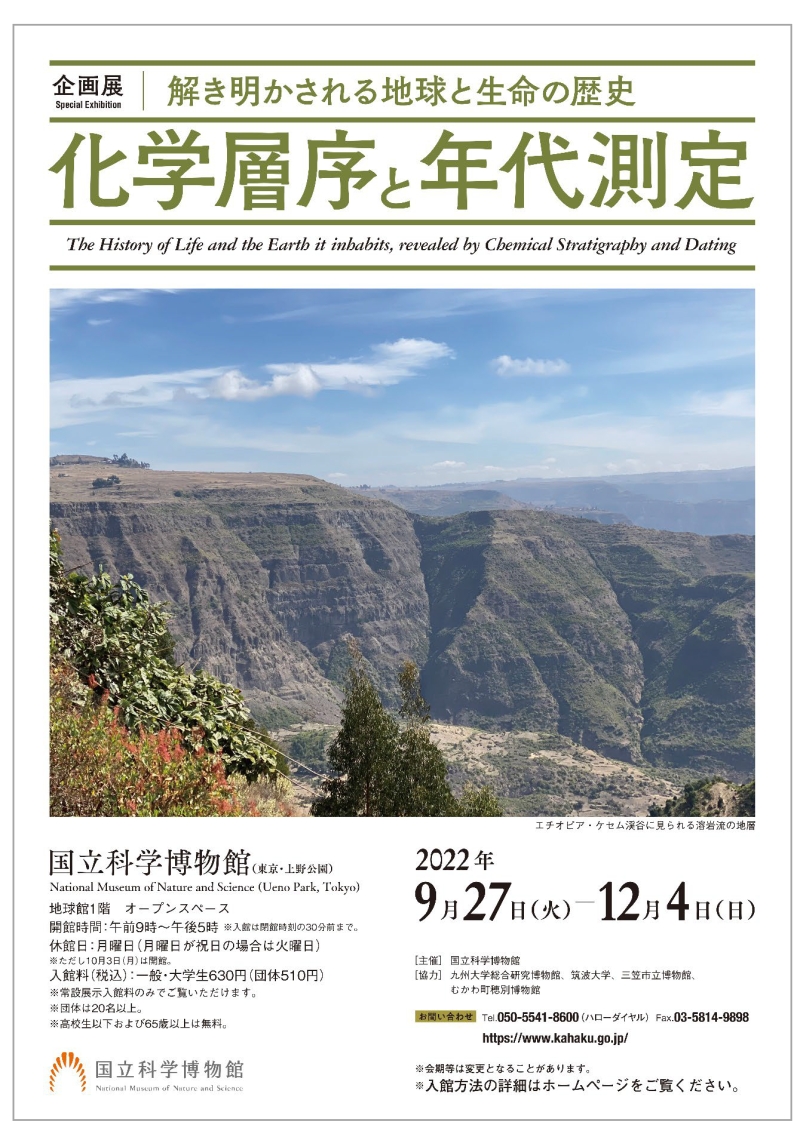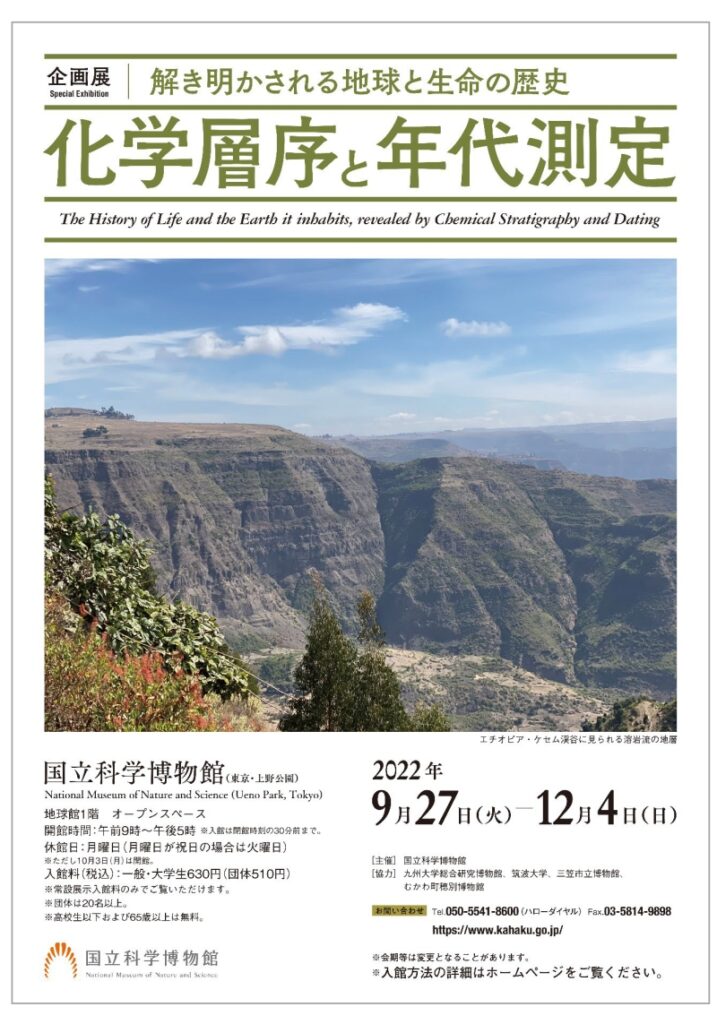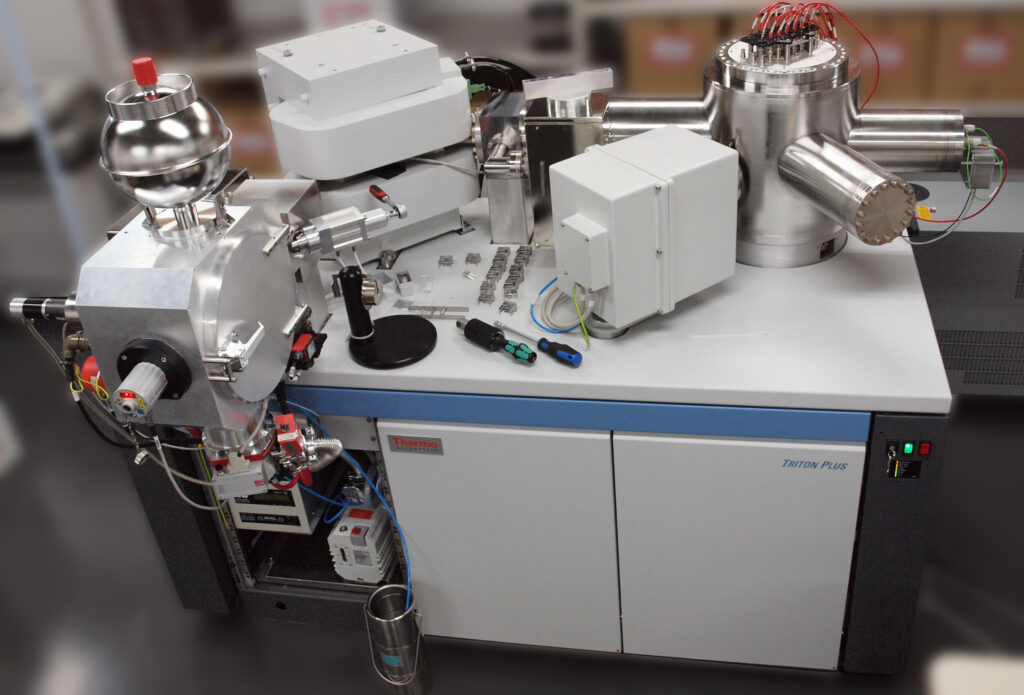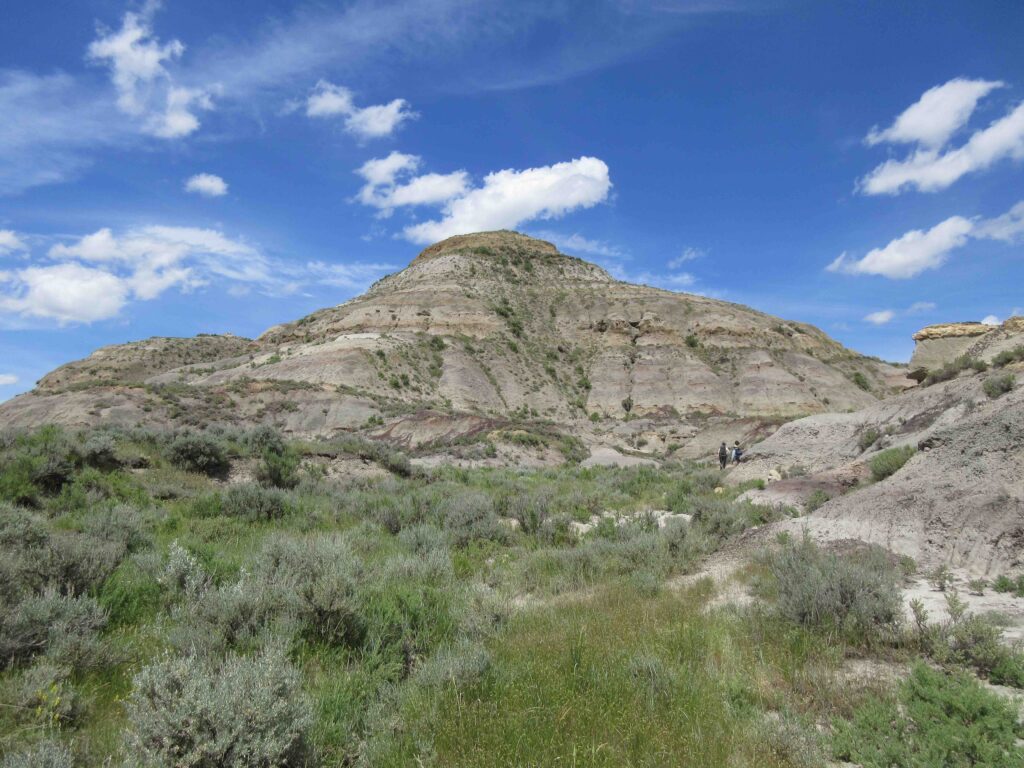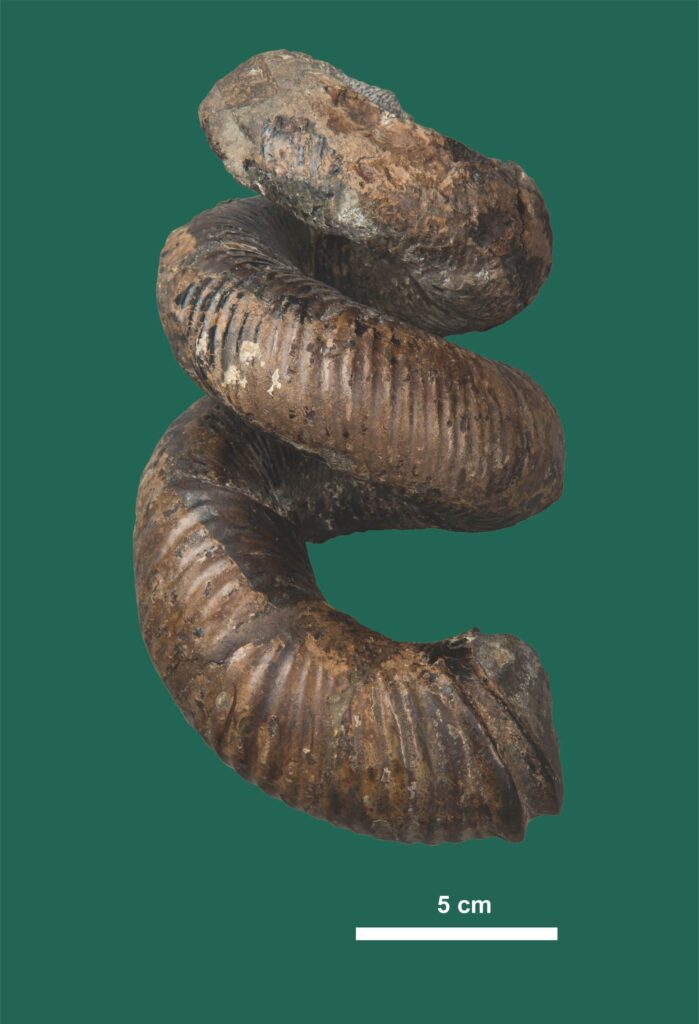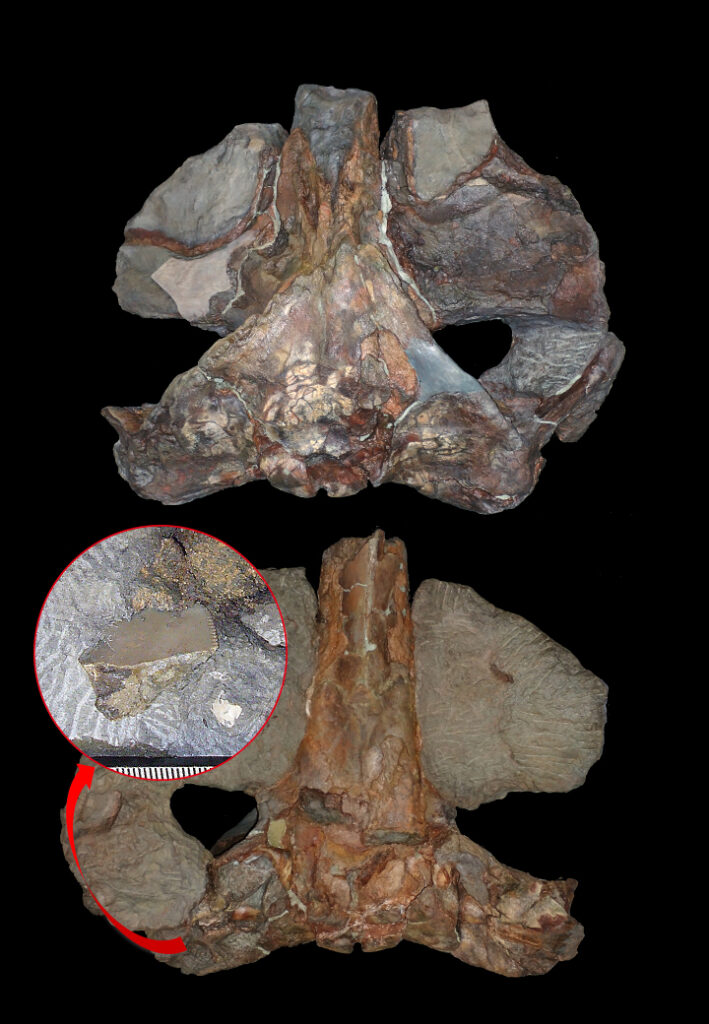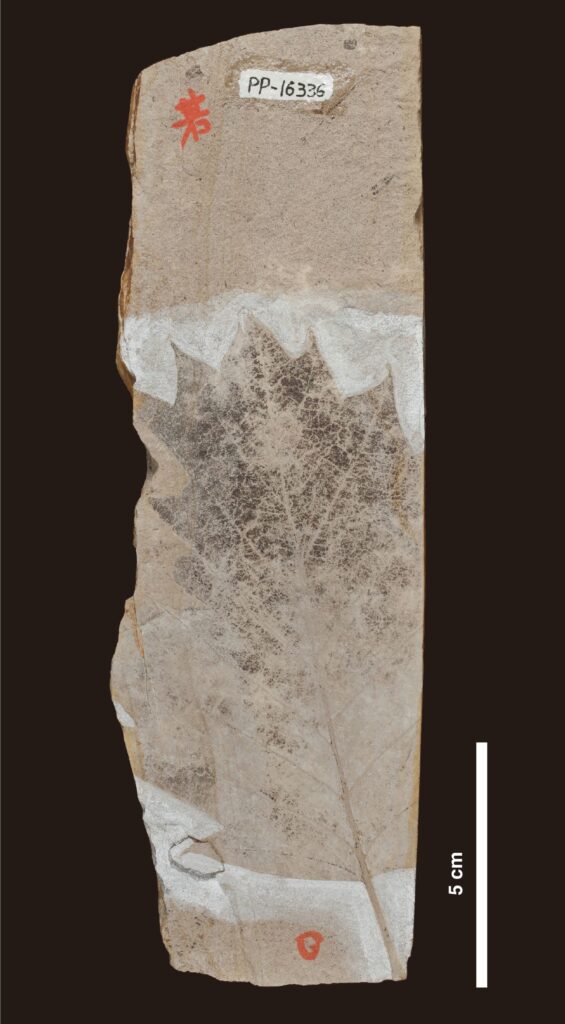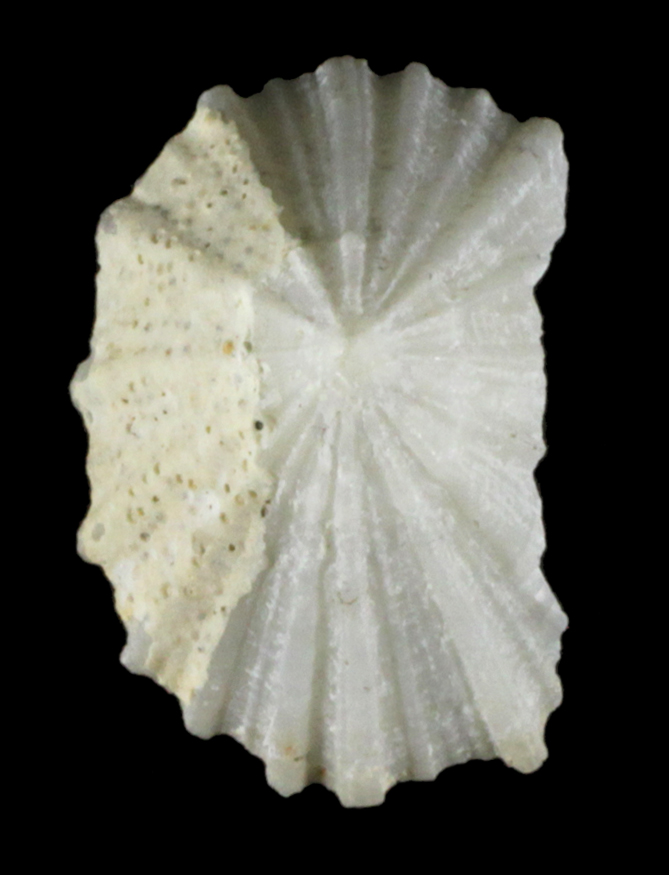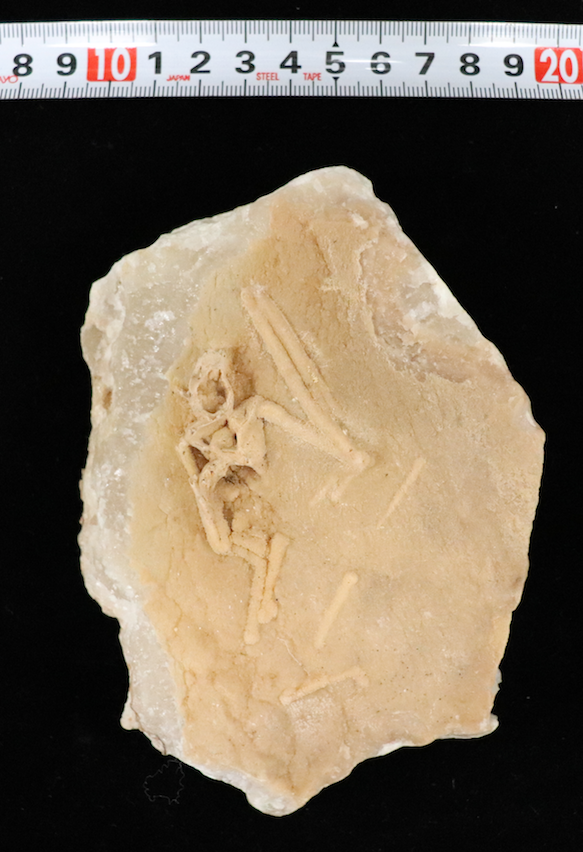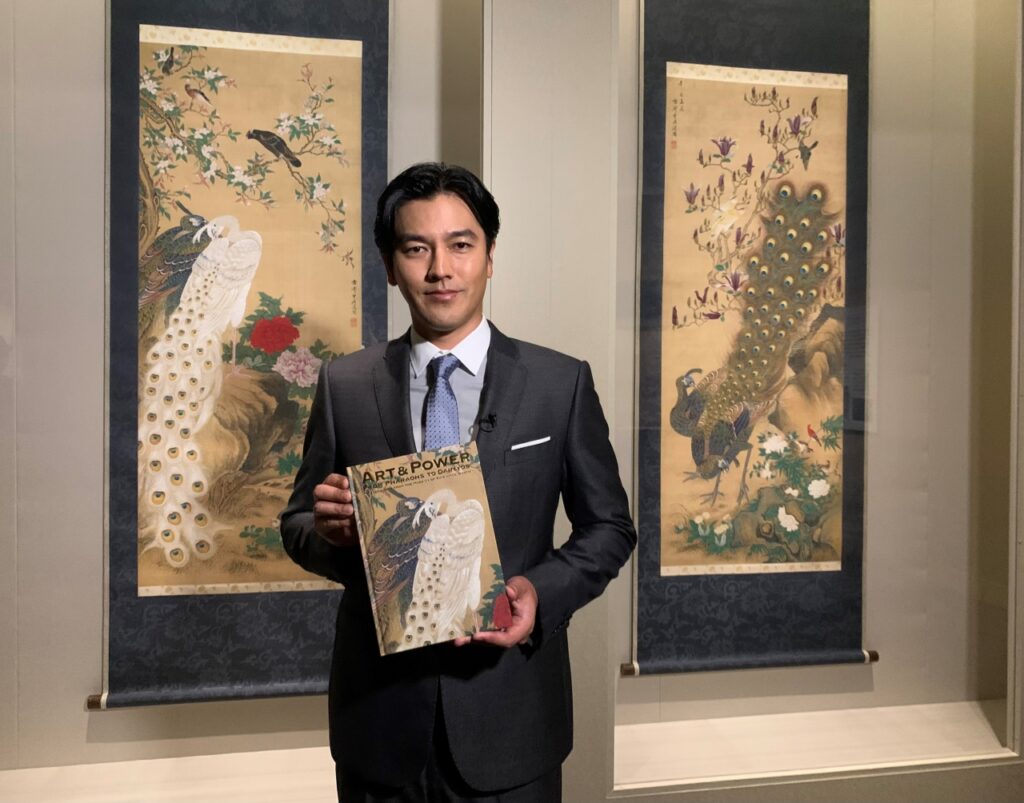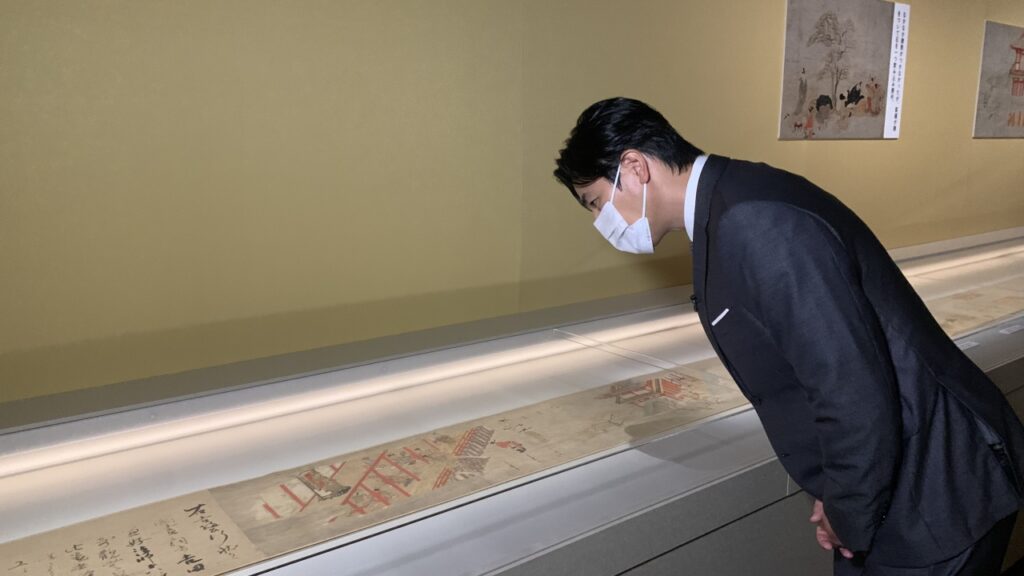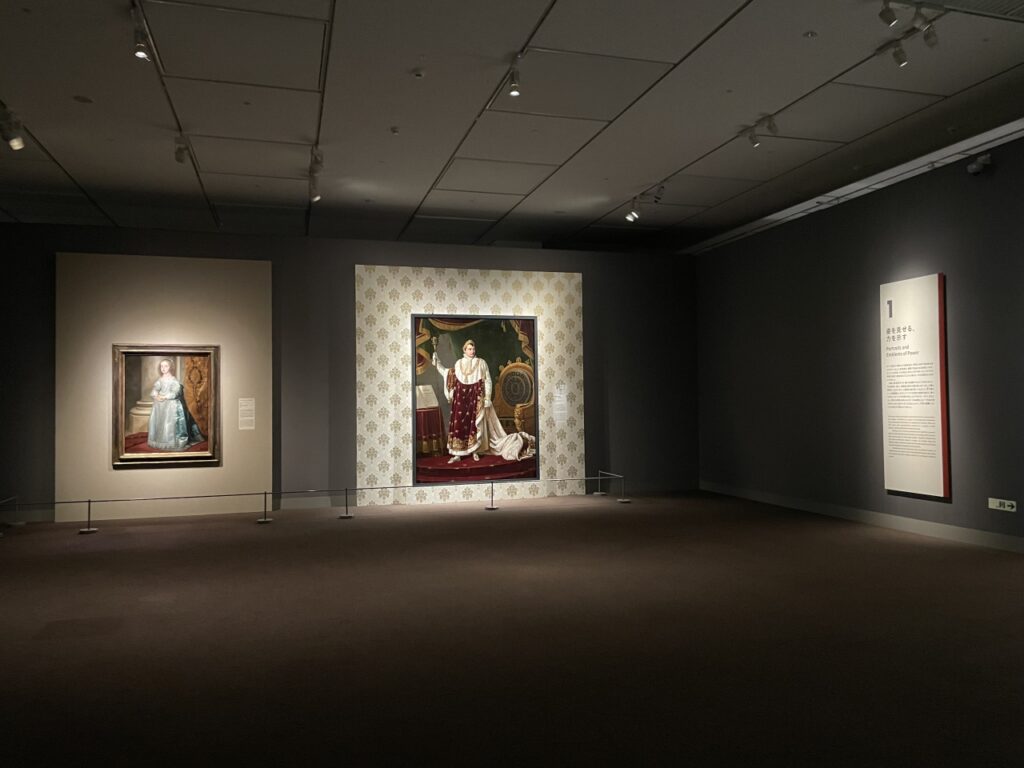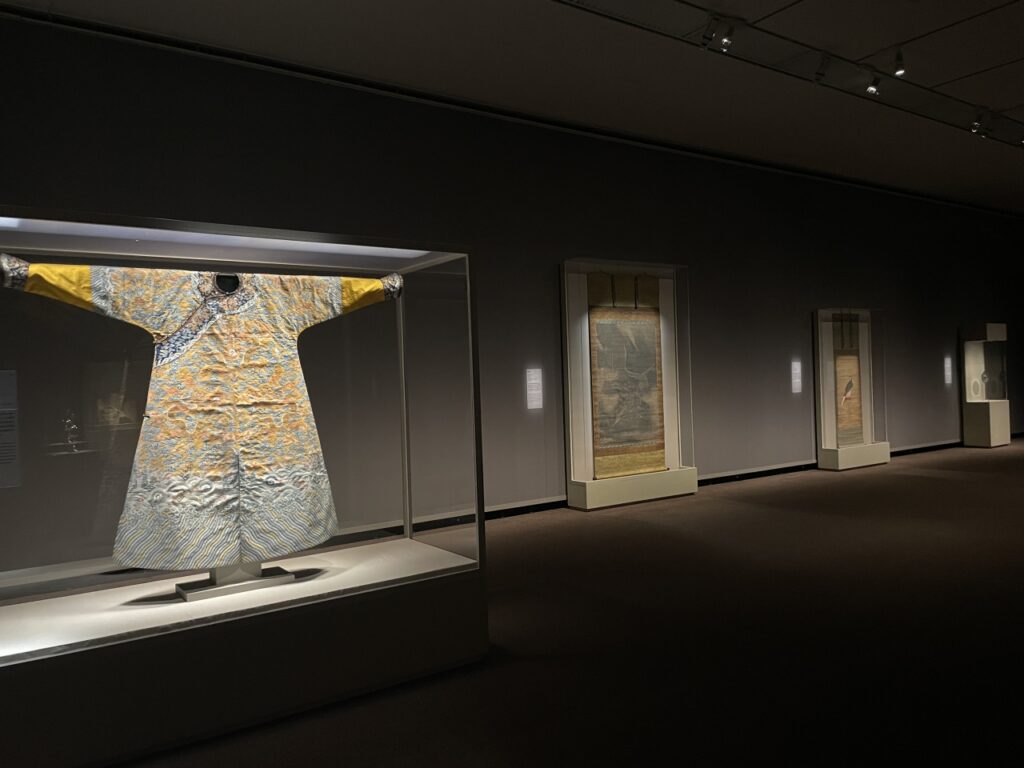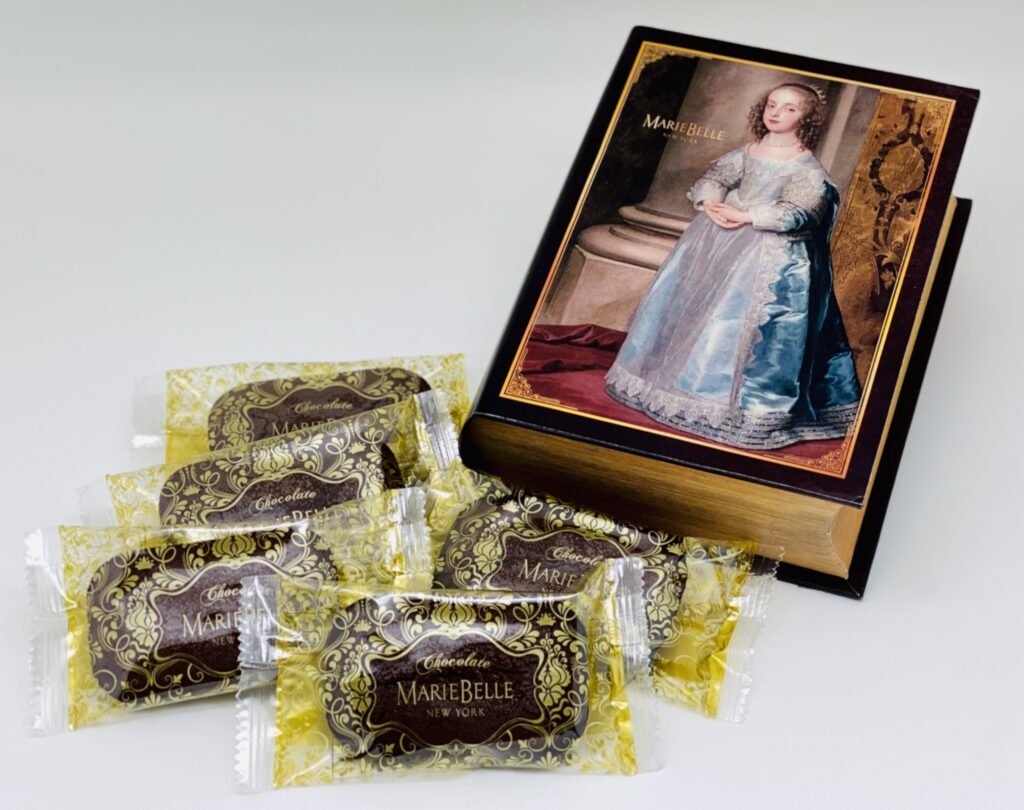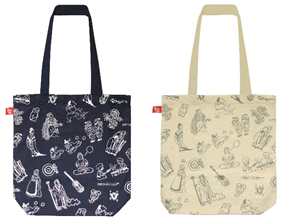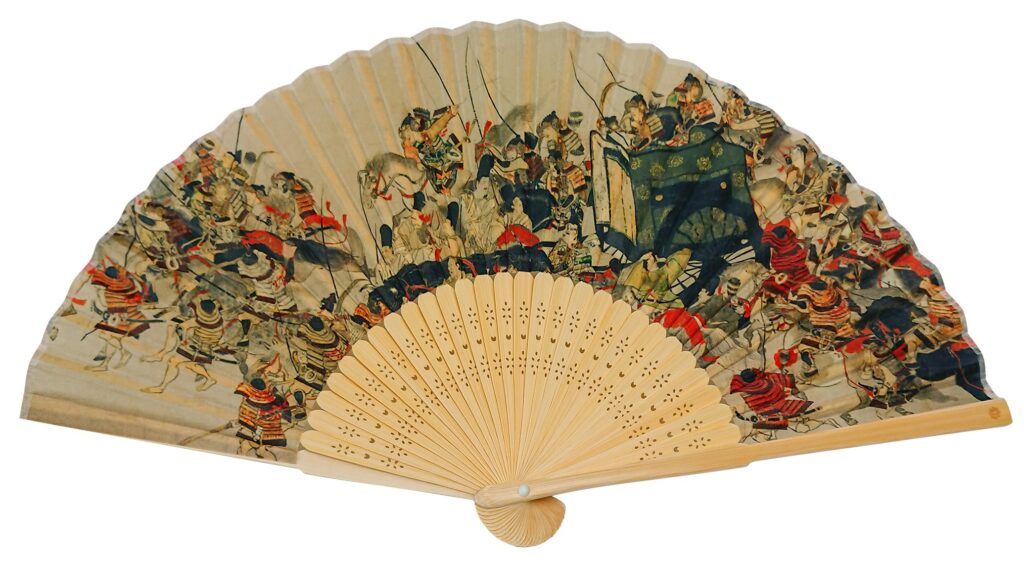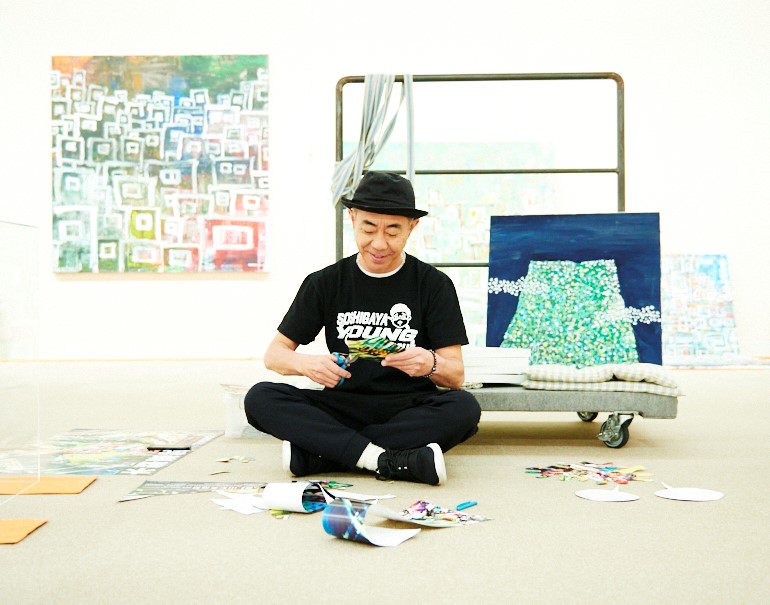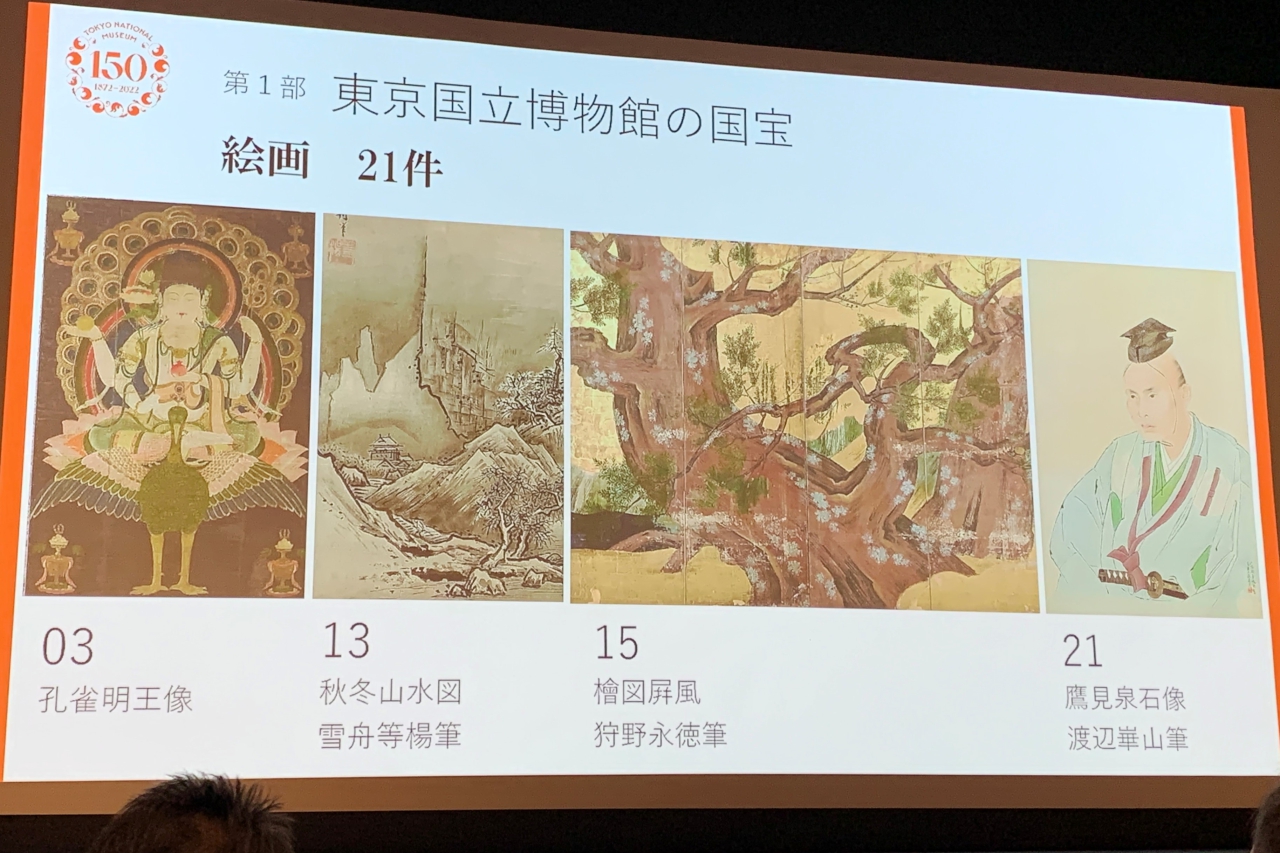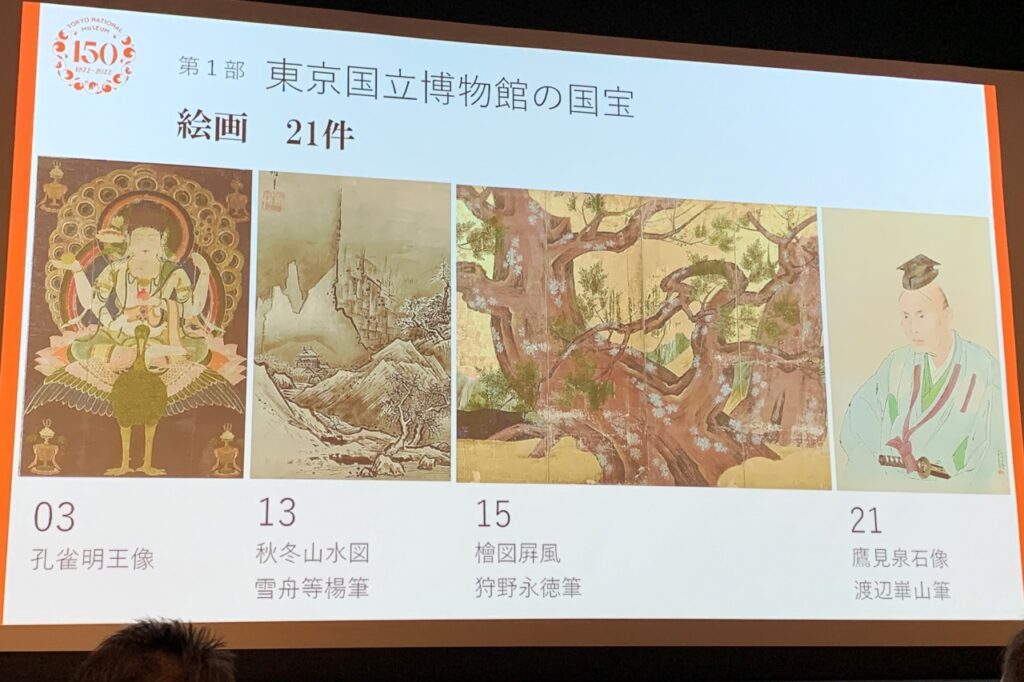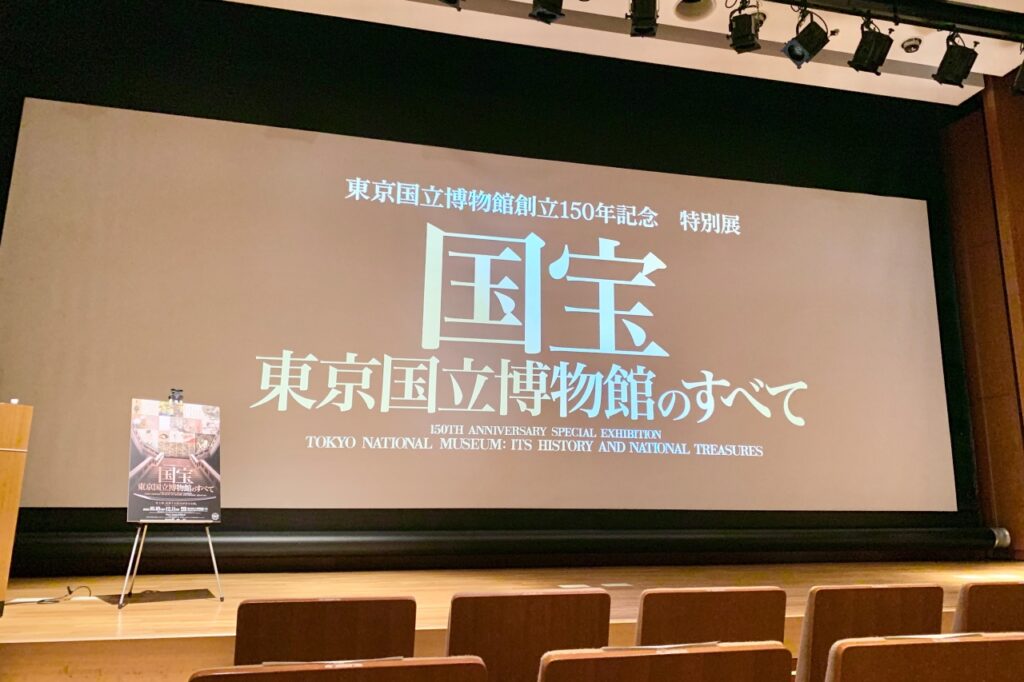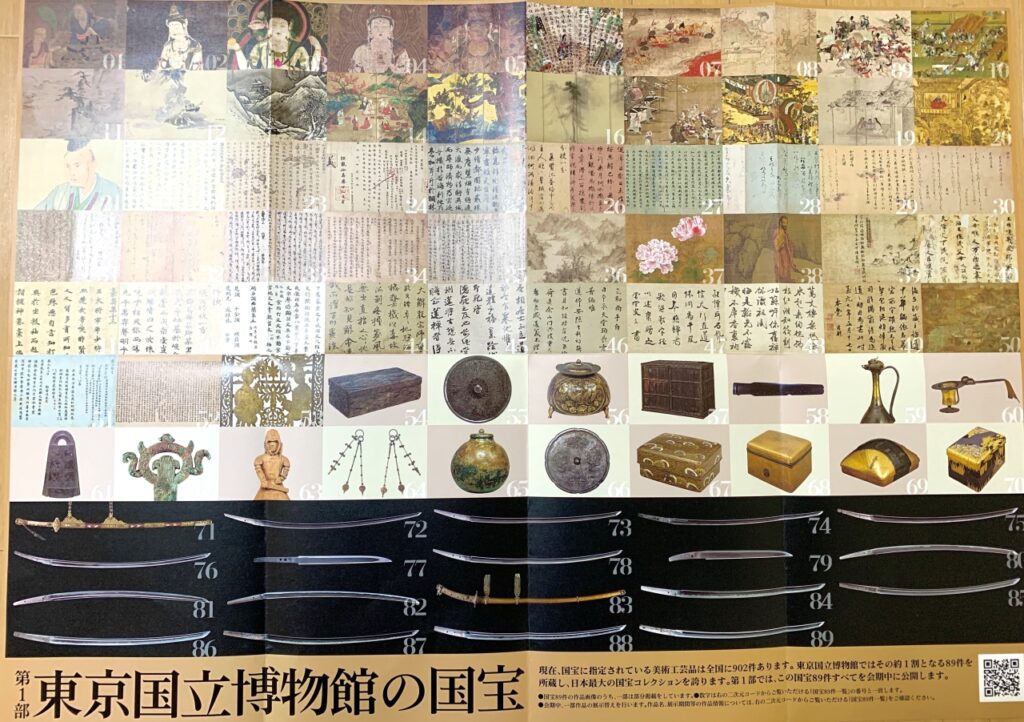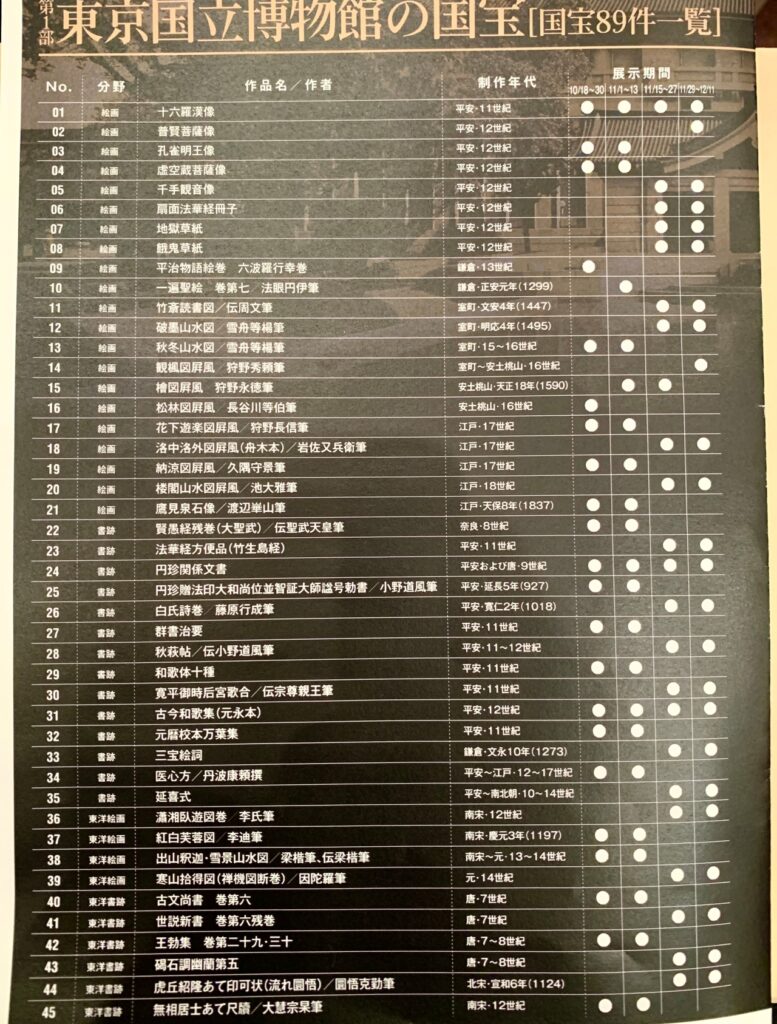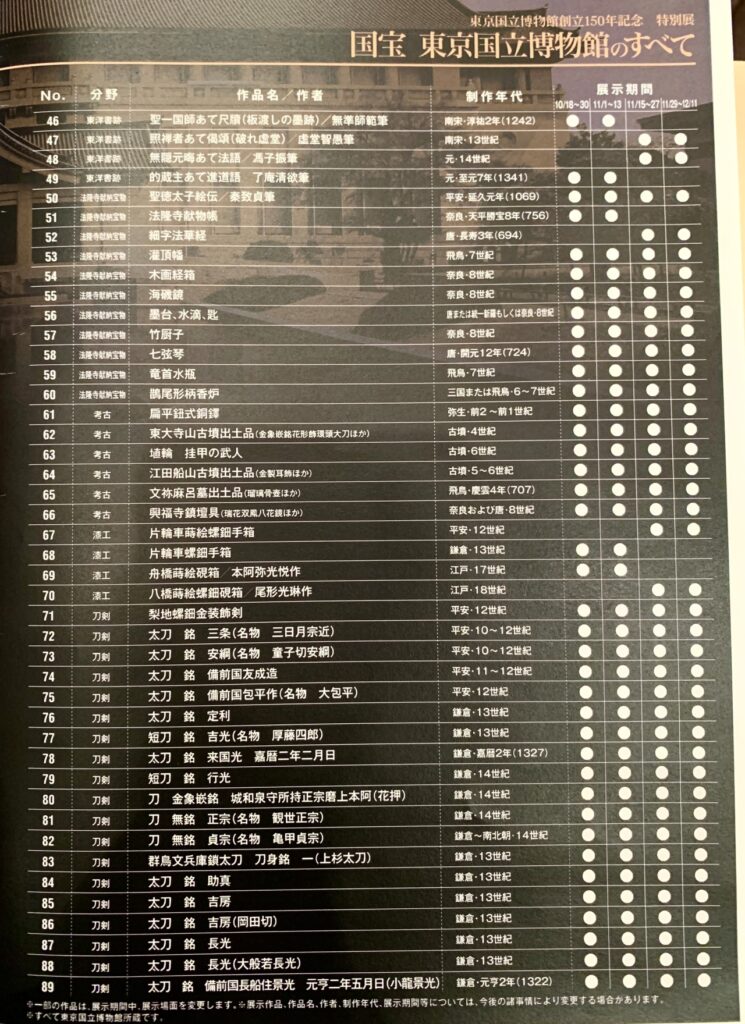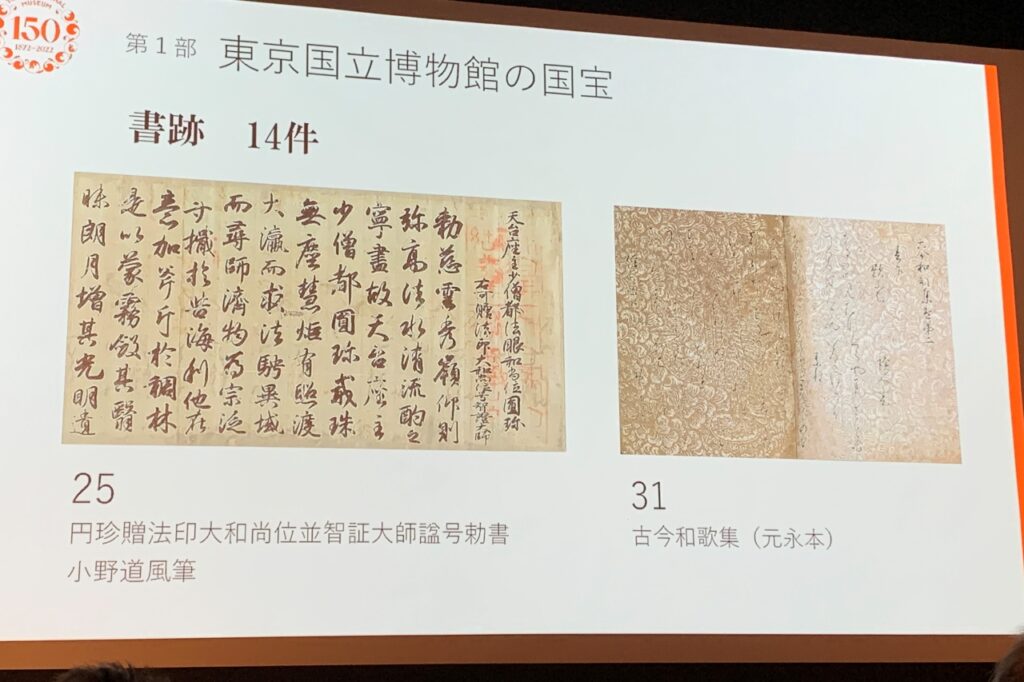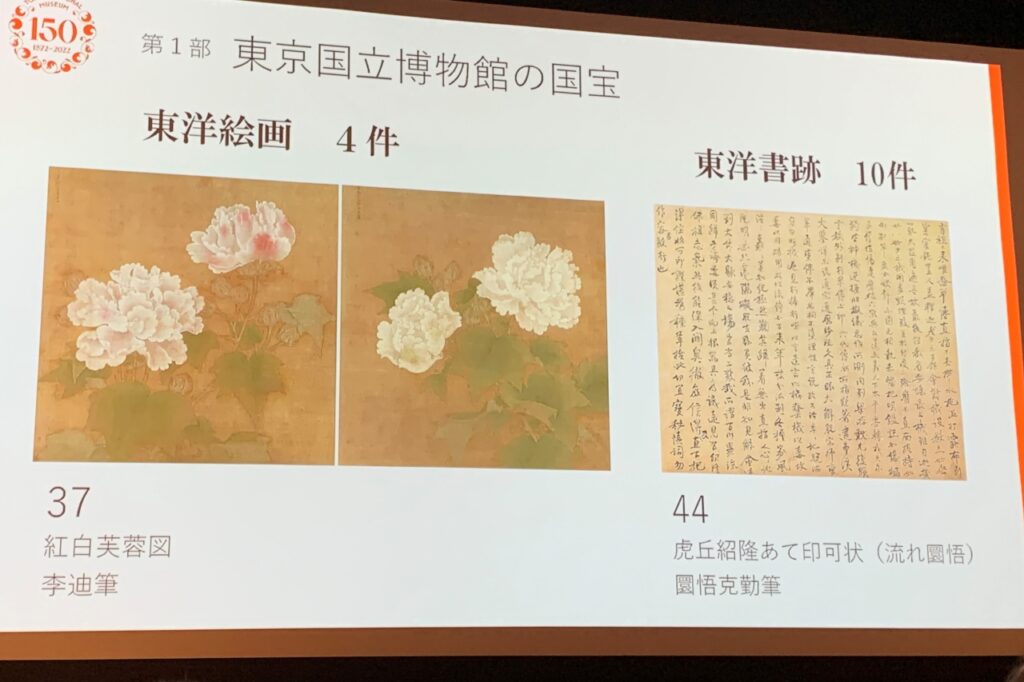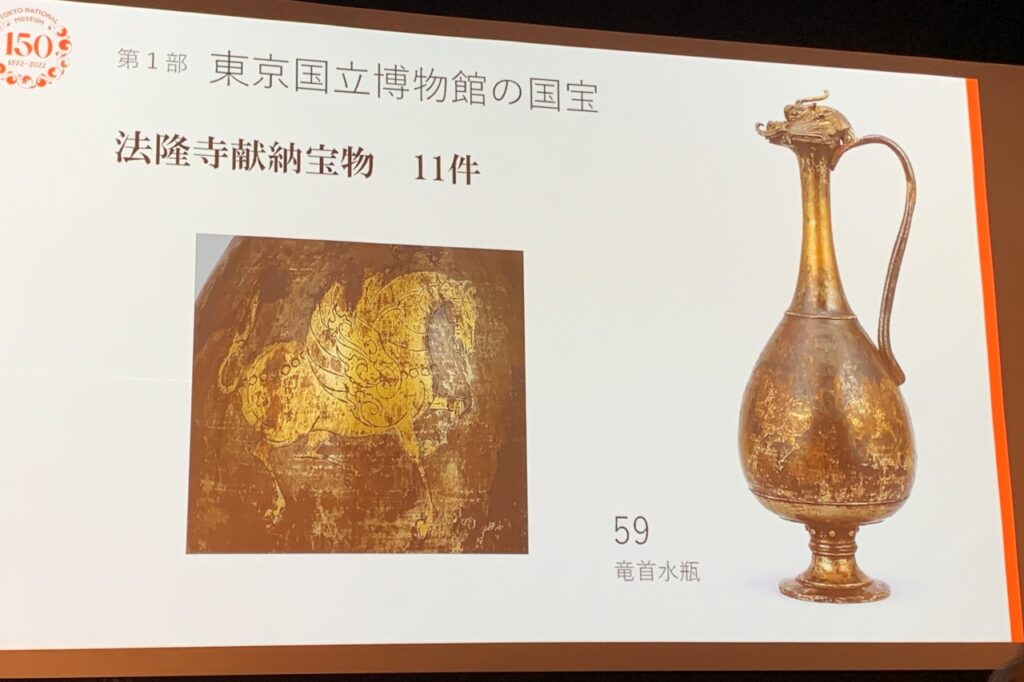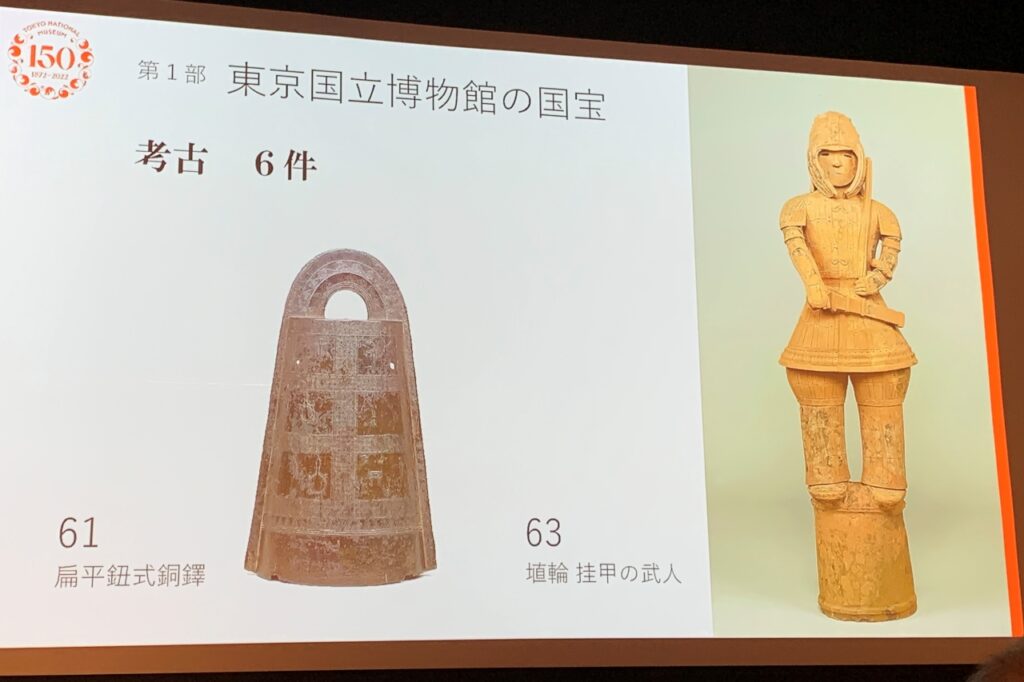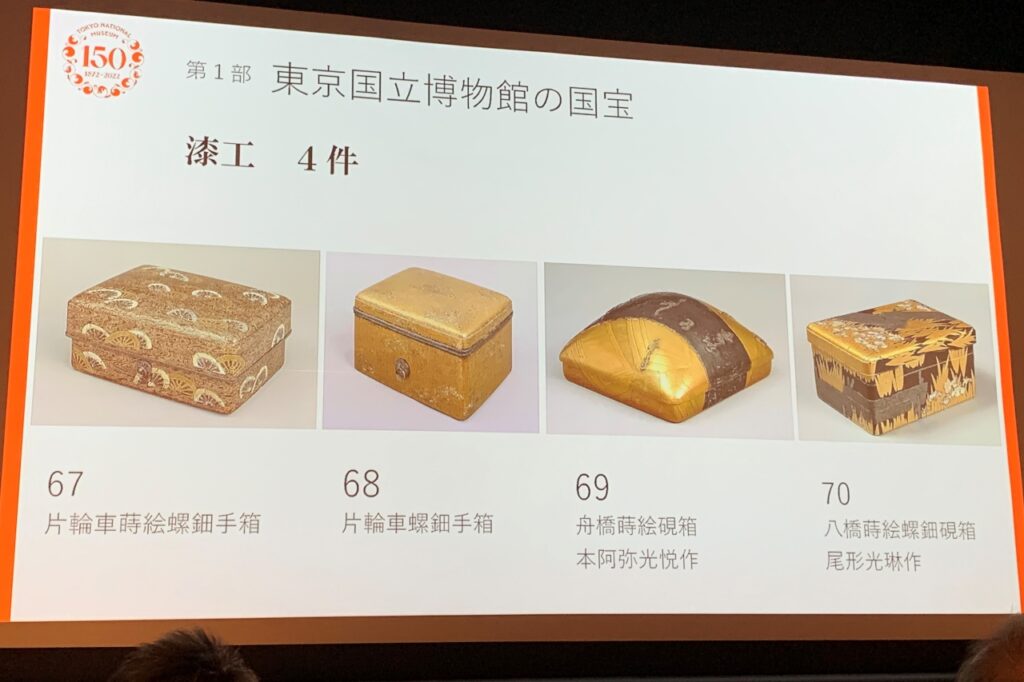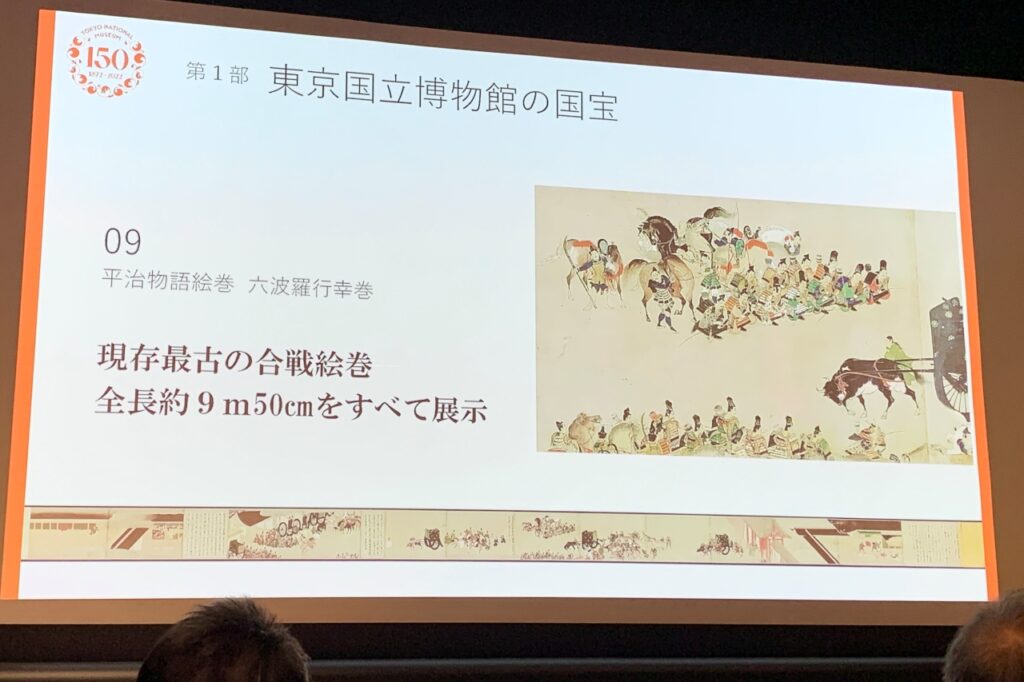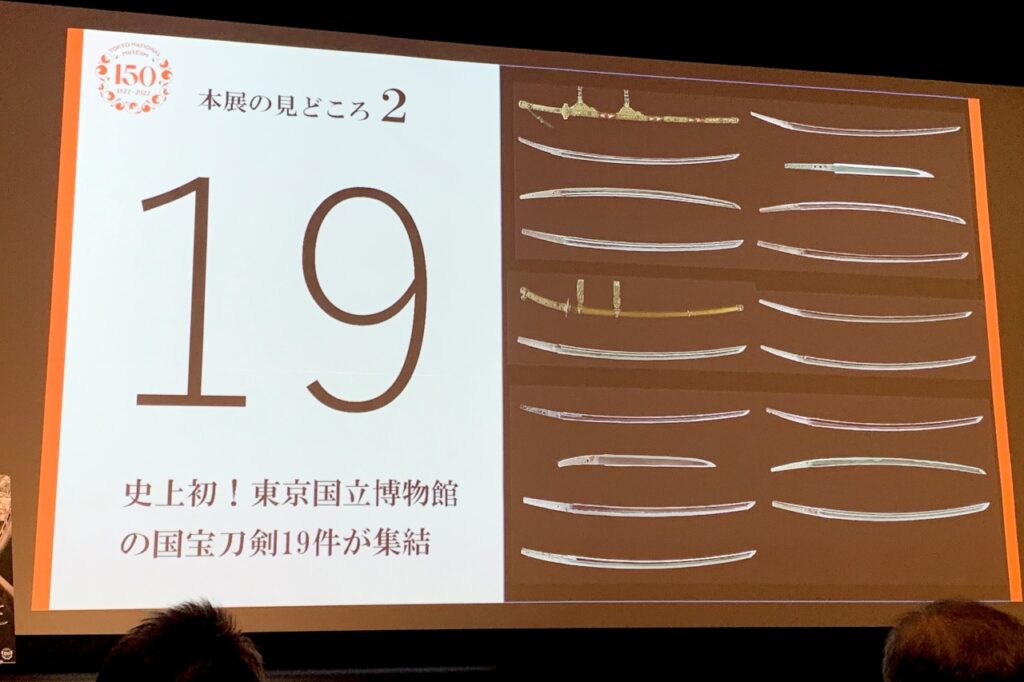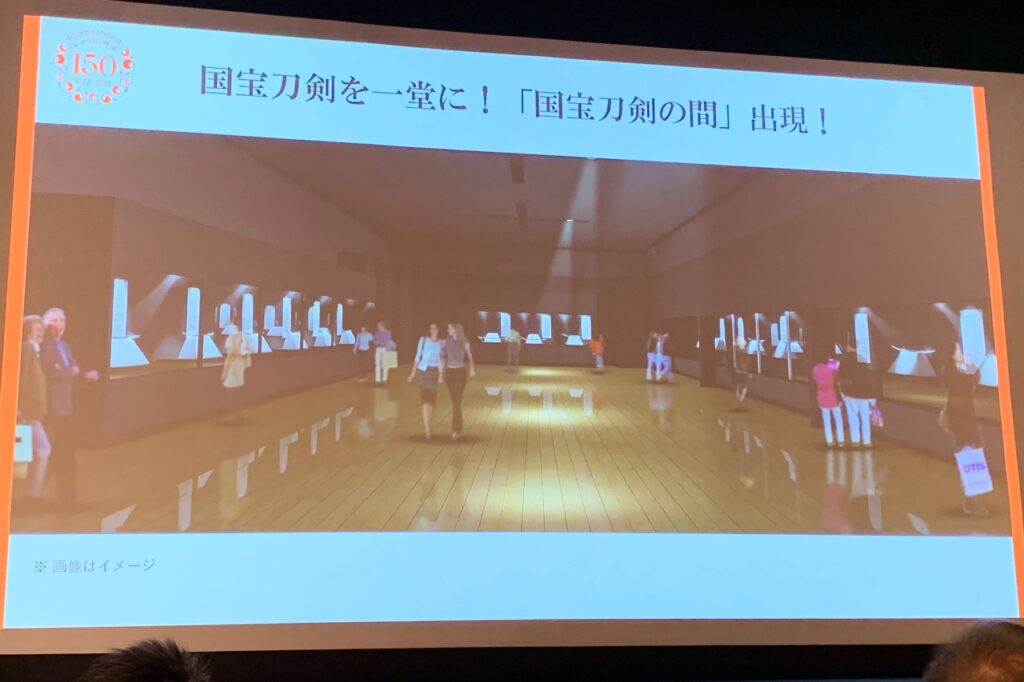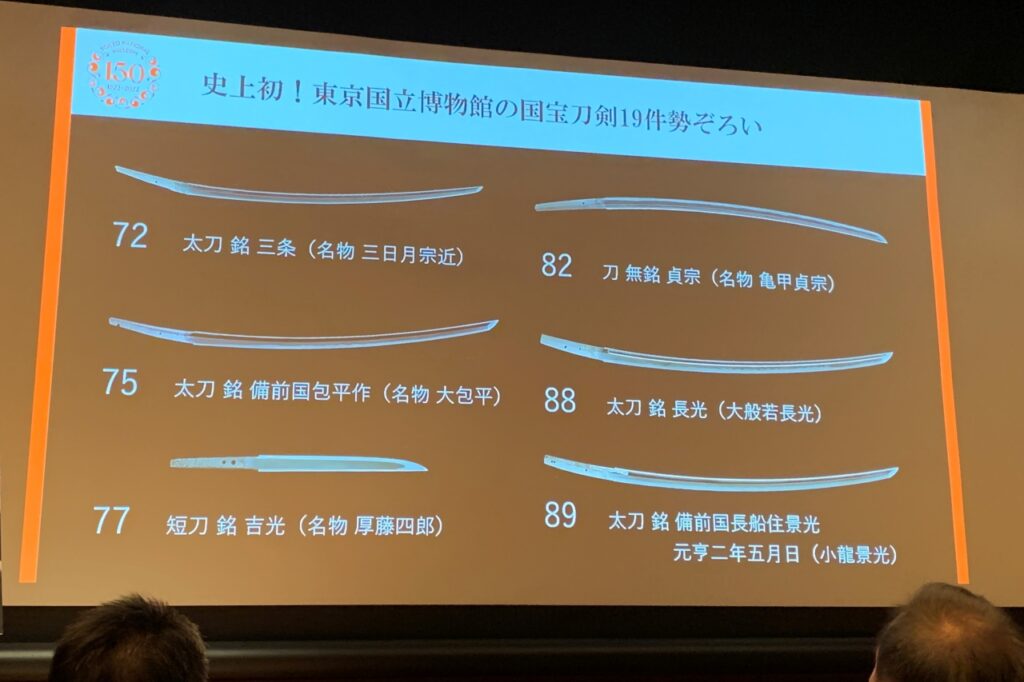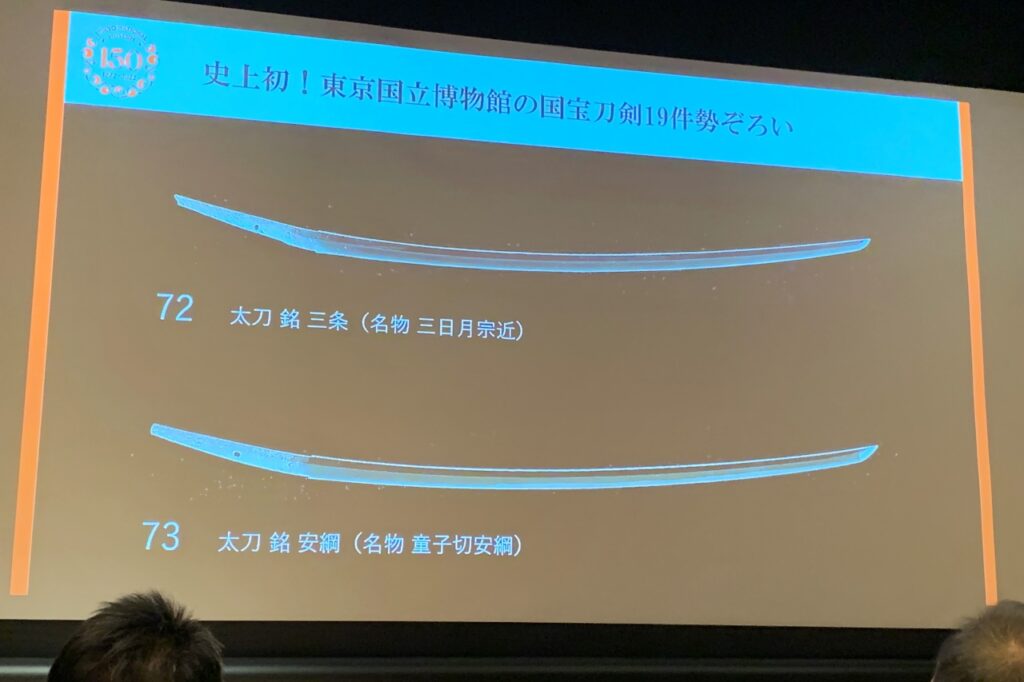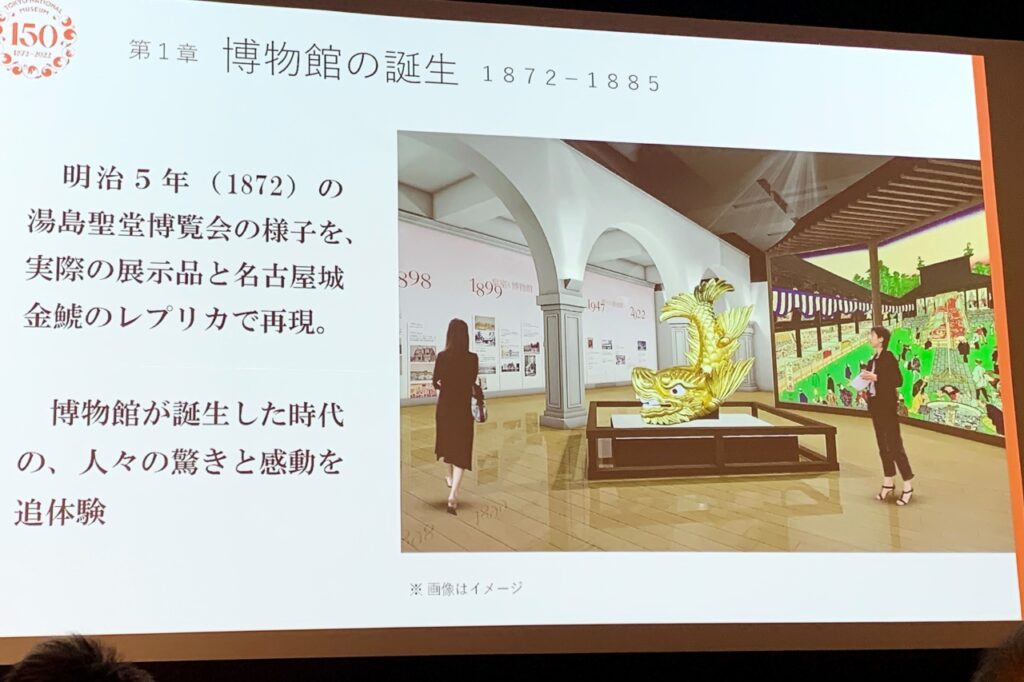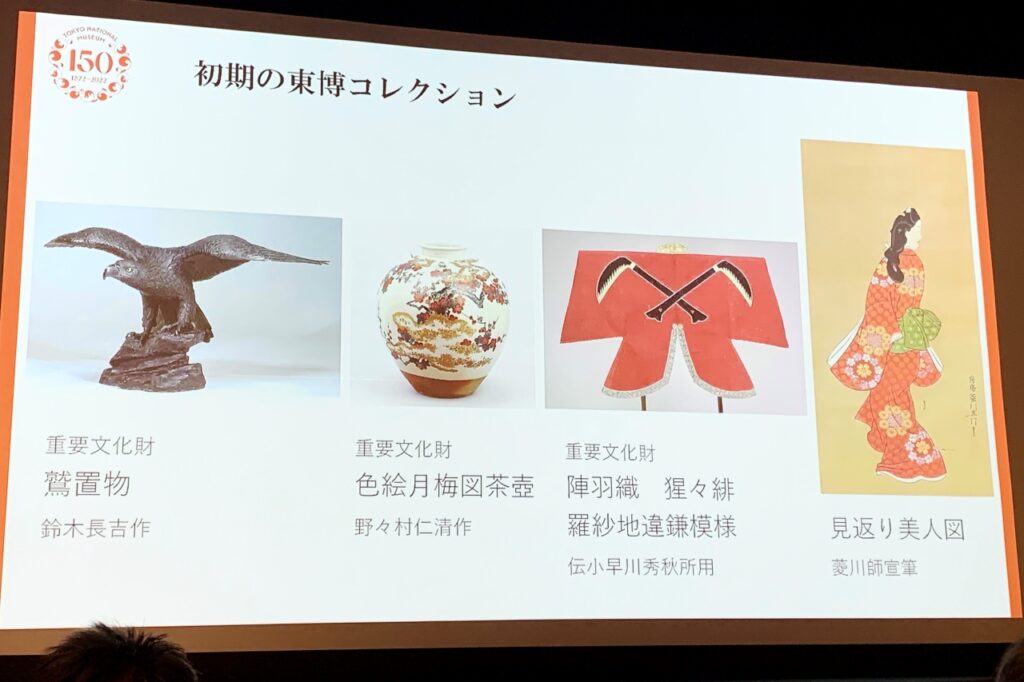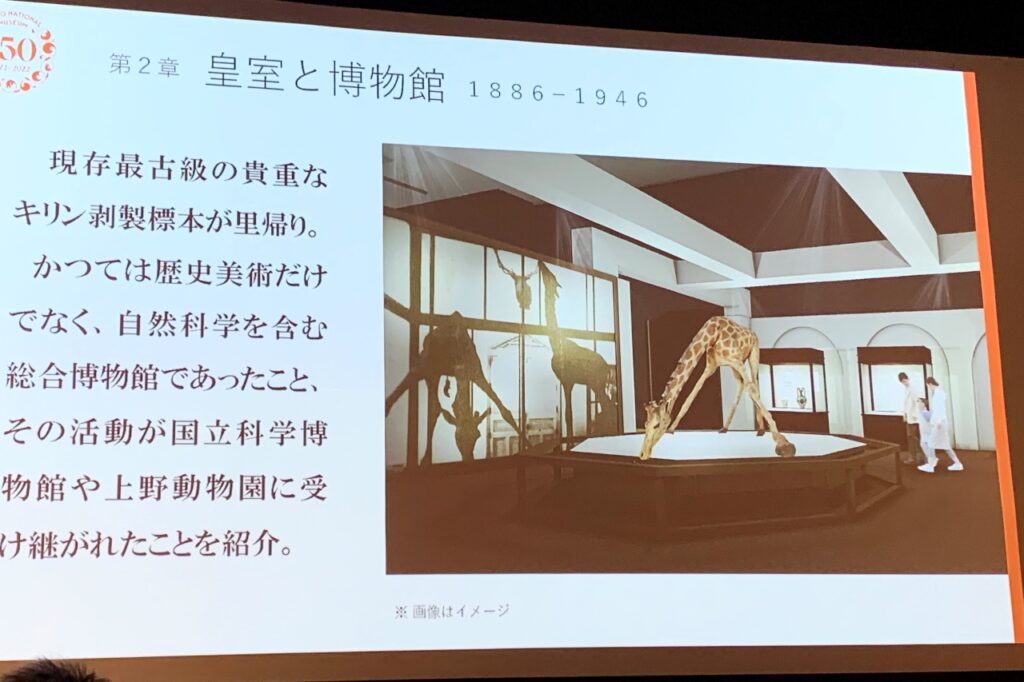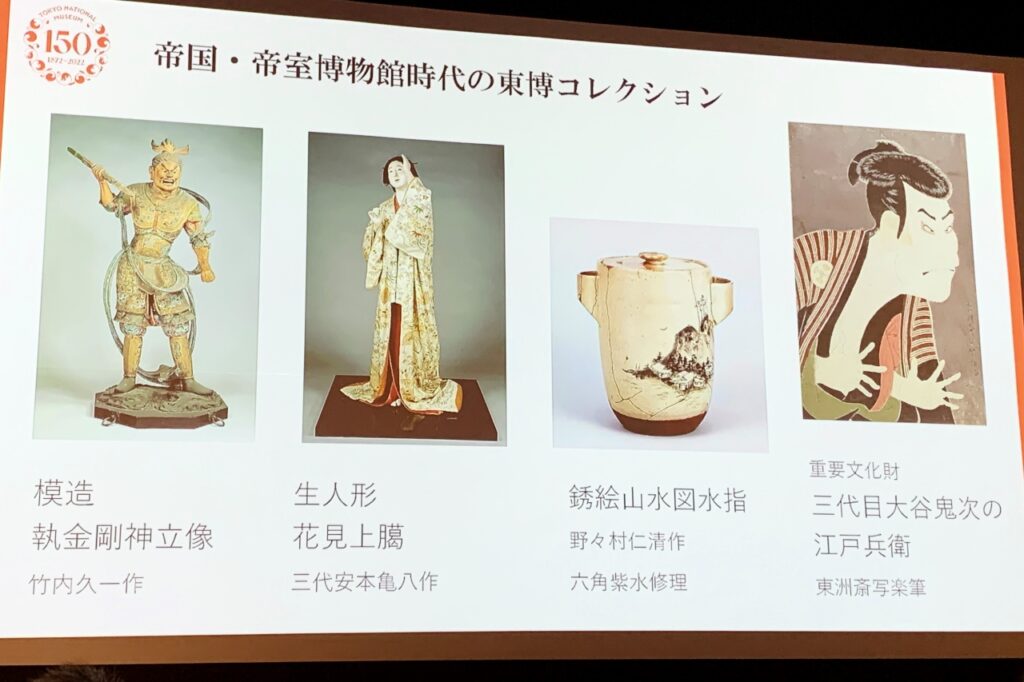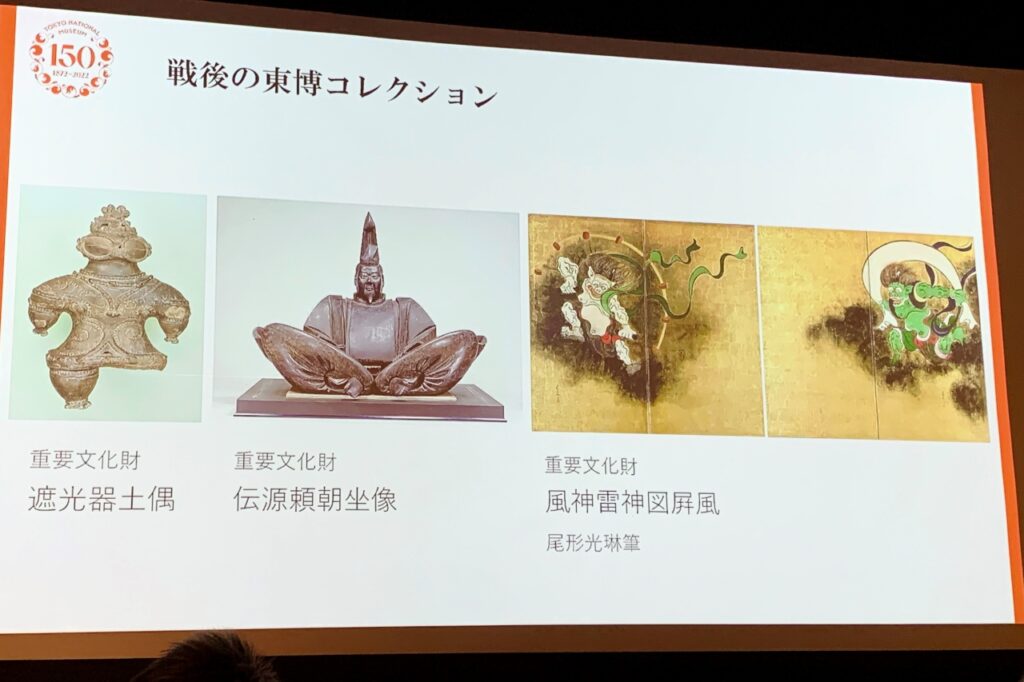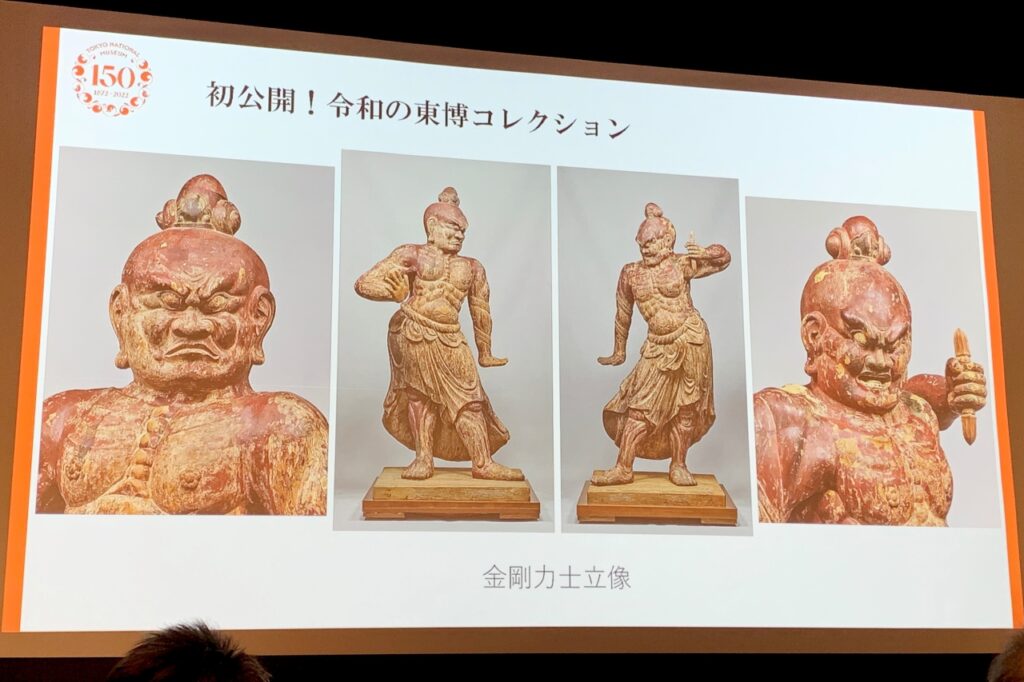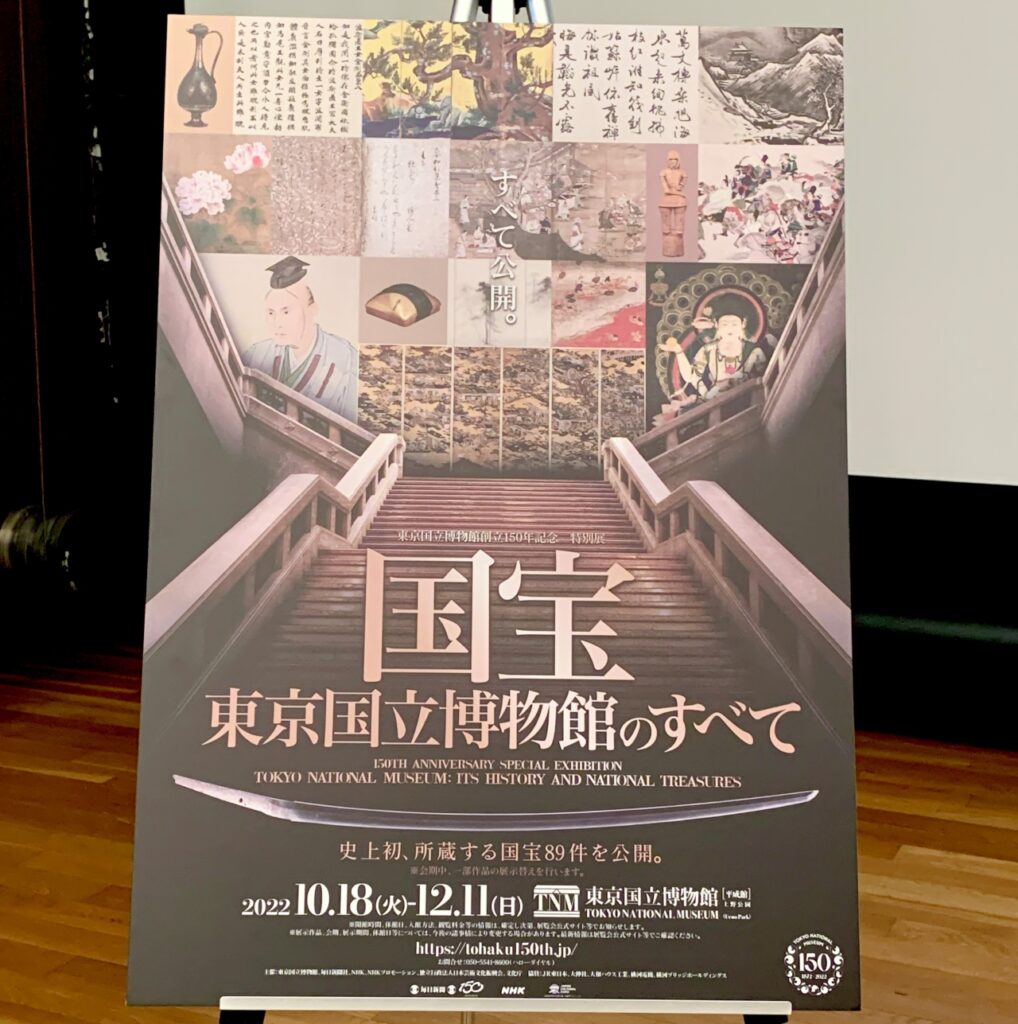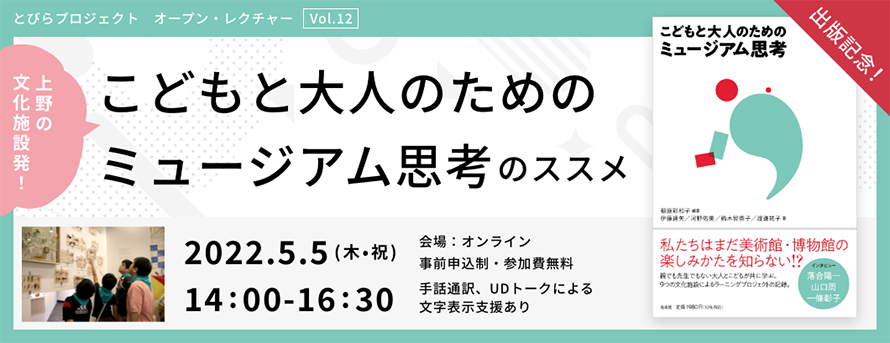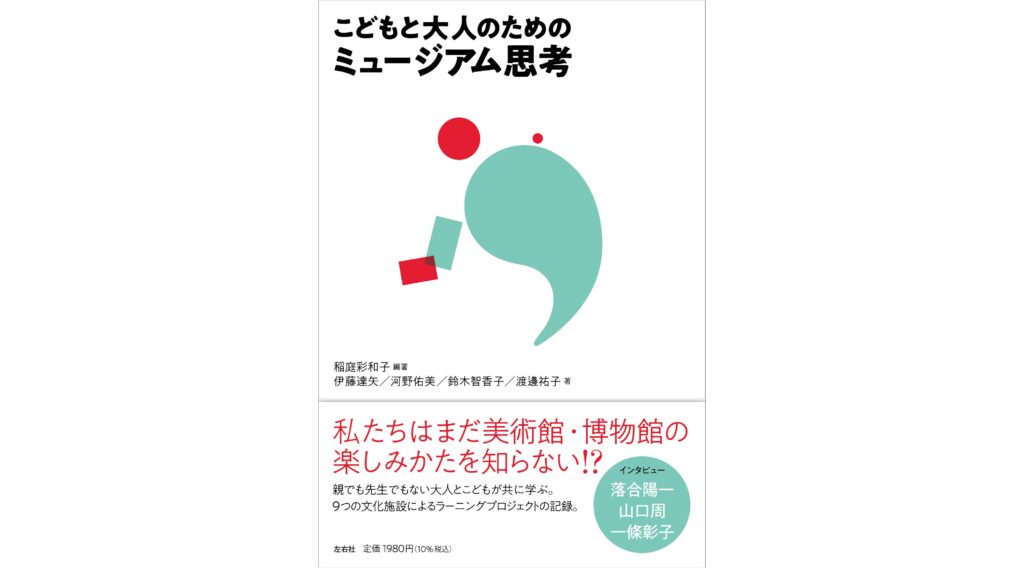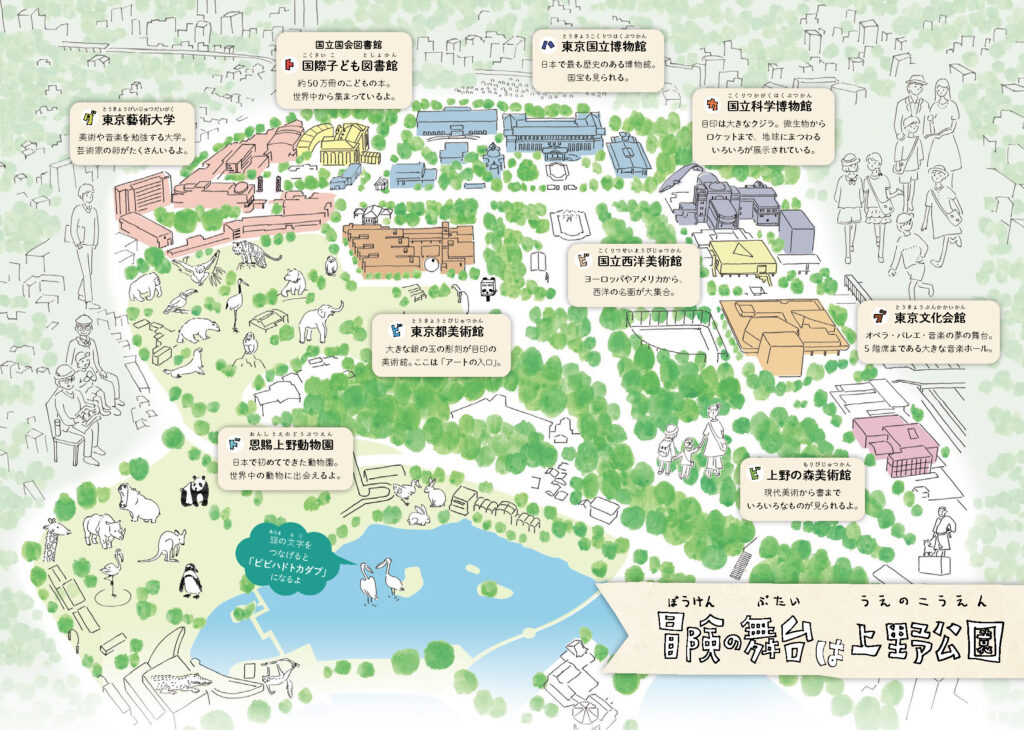
All days, performances with different casts March 7th (Tue)-12th (Sun) Local performance / real-time distribution at Airship Theater
BANDAI NAMCO Amusement Co., Ltd. and ABC Animation Co., Ltd. will present the stage play “LIAR GAME murder mystery” at the airship theater in Ueno, Tokyo from March 7 (Tuesday) to 12 (Sunday), 2023. I will perform.
[Official site] https://bandainamco-am.co.jp/event/others/liargame_murdermystery/
Tickets will be sold at “Confeti” from 10:00 on February 4 (Sat), both local performance tickets and distribution tickets.
Details of distribution tickets will be announced on the official website at a later date.
[Ticket sales site] http://confetti-web.com/murdermystery/
ABC Animation Co., Ltd. will handle the production of scenarios and settings, while BANDAI NAMCO Amusement Co., Ltd. will handle the stage version production and publishing of the content, expanding the possibilities of real entertainment through collaboration with IP and media.
“Murder Mystery” is a game in which multiple participants search for the true culprit of a fictitious murder case while discussing with all the members and secret talks with a small number of people according to the setting and casting given in advance. In addition to being enjoyed as a player, it is also gaining popularity as a stage content that allows you to enjoy “Murder Mystery” from a third-person perspective and hear the impressions of the performers in the impression competition after the main performance. From December 3rd (Friday) to 5th (Sunday), 2021, the stage version of “Murder ☆ Mystery-Detective Mizuo Madarame’s Case Files-” will be performed at Asakusa Hana Theater (Taito-ku, Tokyo). Real-time distribution was also performed along with the local performance. In this performance, we will perform a stage version of Murder Mystery that has been further enhanced based on the popular manga “Liar Game”.
The stage “LIAR GAME murder mystery” begins with the gathering of those who received an invitation from a mysterious organization called the Liar Game Tournament Secretariat, commonly known as the LGT Secretariat. A murder case is discovered while playing a game of cheating that is familiar in the original. We will proceed to “Murder Mystery”. There is no script, no dialogue, and the only thing the cast members have is the setting of the cast. In addition to the original fun of “Murder Mystery” players’ psychological warfare and deception, you can feel the cast’s facial expressions, acting skills, and improvisation in real time. One of the attractions is that you can enjoy it. Even in the “Liar Game” that takes place before “Murder Mystery”, pay attention to deceiving each other, strategies to win, and reactions when deceived.

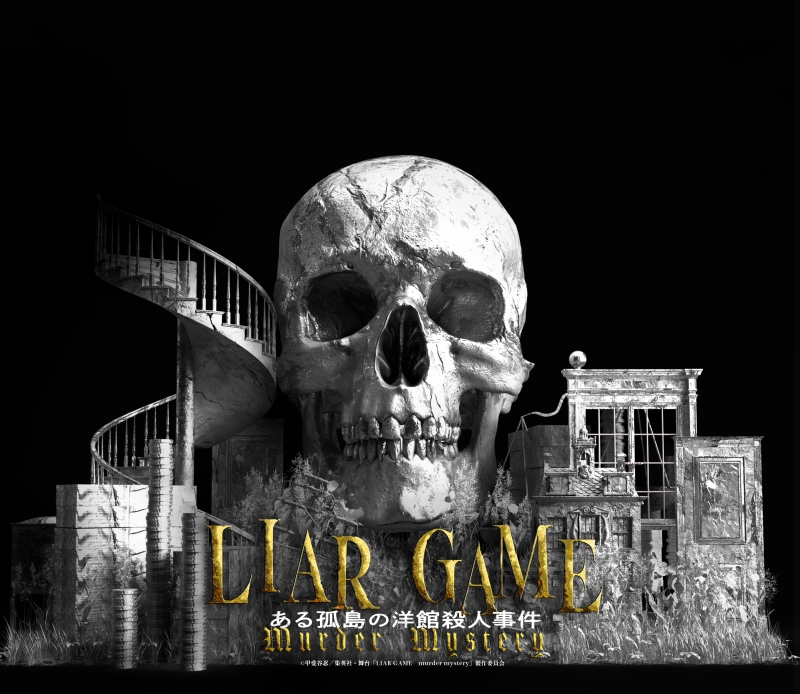
Due to the nature of “Murder Mystery”, which cannot be played again once the true culprit is known, it will be performed with a different cast every day, just like the previous performance. In addition, the daytime and nighttime performances have different scenarios, so you can enjoy different stages with the same cast.
Even if the setting is the same, you can enjoy a different stage each time depending on the cast’s acting, improvisation, and progress. ? Please enjoy the stage where the content, lines, and ending are all created by the cast on the day.
©️ Shinobu Kaitani/Shueisha/Stage “LIAR GAME murder mystery” Production Committee
■Performance overview <br />Performance name Stage “LIAR GAME murder mystery”
Period March 7 (Tuesday) to March 12 (Sunday), 2023 All 12 performances (day and night)
Venue: Airship Theater (Higashi-Ueno, Taito-ku, Tokyo)
[Performance schedule]
March 7 (Tue) 13:00 start / 18:30 start
March 8 (Wednesday) 13:00 start / 18:30 start
March 9 (Thursday) 13:00 start / 18:30 start
March 10 (Fri) 13:00 start / 18:30 start
March 11 (Sat) 13:00 start / 18:30 start
March 12 (Sun) 12:00 start / 17:00 start *All performances are scheduled to be live-streamed (with archives). Details regarding distribution will be announced on the official website at a later date.
[Performance ticket] (Main performance + Impression battle)
SS seats (front rows 1-3) 13,500 yen
S seat 11,000 yen
A seat 8,800 yen <br />Reception period: February 4 (Sat) 10:00-
*Sold on a first-come, first-served basis. Please note.
*You can apply for up to 2 tickets per person.
[Delivery ticket ]
Delivery ticket (main performance + impression battle) 3,500 yen
Reception period: March 4 (Sat) 10:00-
[Where to apply for tickets]
http://confetti-web.com/murdermystery/
[Goods lineup ]
● Performance pamphlet: 3,500 yen (planned for full color 48 pages)
●2L size bromide set: 1,200 yen (3 pieces included)
● L size bromide set: 2,500 yen (10 pieces set)
*Bromide will be sold except for some casts.
●Blu-ray: 12,000 yen This is a 2-disc Blu-ray set that includes a daytime performance and a nighttime performance.
From Tuesday to Sunday, one set will be sold on each day of the week, and a total of 6 types of Blu-rays will be sold.
■ Story (daytime performance)
<Murder Case of Doll House in Abandoned Amusement Park>
Liar Game Tournament Secretariat,
Commonly known as the LGT secretariat, those who received an invitation from a mysterious organization gathered at the collapsed amusement park “Doll House”.
Dreams and hopes, the remnants of the amusement park filled with light, are no longer there.
What is going on here is a deception full of malice and confusion…
And now, under the direction of the Liar Game Tournament Secretariat, they have once again gathered together.

■ Characters (daytime performance)
・Director The biological son of the president. He was appointed head of the park at a young age, but he is the one who destroyed the amusement park with its irresponsible management.
・Accounting Responsible for the accounting of the amusement park. A serious type who never stopped worrying as a middle manager.
・Facilities A person who is meticulous about every detail, from safety inspections of amusement parks to replacement of fluorescent lights.
・Reception Coordinator for amusement park attraction reception. With a bursting smile and curiosity, he is an active person.
・Kigurumi I’m in charge of the “person inside” the costume, but I believe there is no such thing as “the person inside”. Unique and mood maker.
・Dancer Parade dancer. Unbridled, dreamy, and mysterious, he says nothing but dreams.
・Puppeteer A subcontractor who has produced many dolls and costumes at the request of an amusement park. Single-minded.
・President (victim) The emperor of the group company. He was ruthless and abandoned many businesses, and was hated by many people.
■ Story (night performance)
<The Western-style Murder Case on a Solitary Island>
Blindfolded and put on a boat, there was a solitary island in the distant sea where resort development failed.
All those gathered on the solitary island are related to this island.
Once, when the head of the family died, they sold off the island, which was the property of the family.
Indulge in the spectacular future of resort development. Pressed by a huge inheritance tax. Think about your family’s future.
Everyone had their own way of saying goodbye to this island.
And now, under the direction of the Liar Game Tournament Secretariat, the clan has once again gathered.

■ Characters (night performance)
・Eldest son/eldest daughter He took over the resort development from his predecessor at a young age, but he did not have the talent for management and made a big mistake. lost everything.
・ Adopted child Modest and good at worldly affairs. I intended to come here without being hated by anyone in my clan. Dispute is the type to arbitrate.
・Cousin / Cousin A free man who has distanced himself from the clan’s power even though he has studied with the clan’s financial strength.
・Kobeban has managed the family’s land and property. He was against the failed resort plan.
・Butler/maid She was loved by her clan for doing miscellaneous duties at the Western-style building. Fortune and misfortune have been accepted as they are.
・Lawyer He is the family’s legal adviser, and has organized the family’s assets as a trustee. Law is everything, law is order.
・Gardener I’ve been doing miscellaneous chores in the garden and in the building. I believe that if I do my part, I will be rewarded. Kind-hearted and strong.
・Predecessor family head (deceased) He made a fortune in the resort development business and was respected by everyone.
When I handed over the business to my eldest son/daughter, he died of a chronic disease.
・Second son (lost message) He has been spoiled by his family since childhood. He is irresponsible and carefree, but he has the ability to take action.
■ Appearance cast (in Japanese syllabary order)
[March 7 (Tuesday) performers (in alphabetical order)]
Karin Isobe/Moeka Koizumi/Mizuki Nishiba/Hinata Sato/Yurie Funato/Sana Hoshimori/Rui Yoshimiya
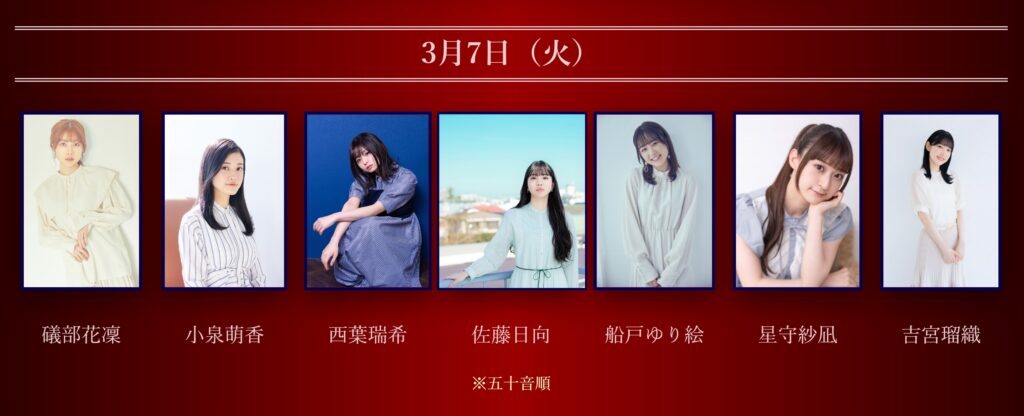
[Wednesday, March 8 performers (in alphabetical order)]
Jun Amaki/Nana Owada/Aozora Sorano (Dempagumi.inc/ARCANA PROJECT)/Mion Nakagawa/Erina Mizuno/Leola/etc
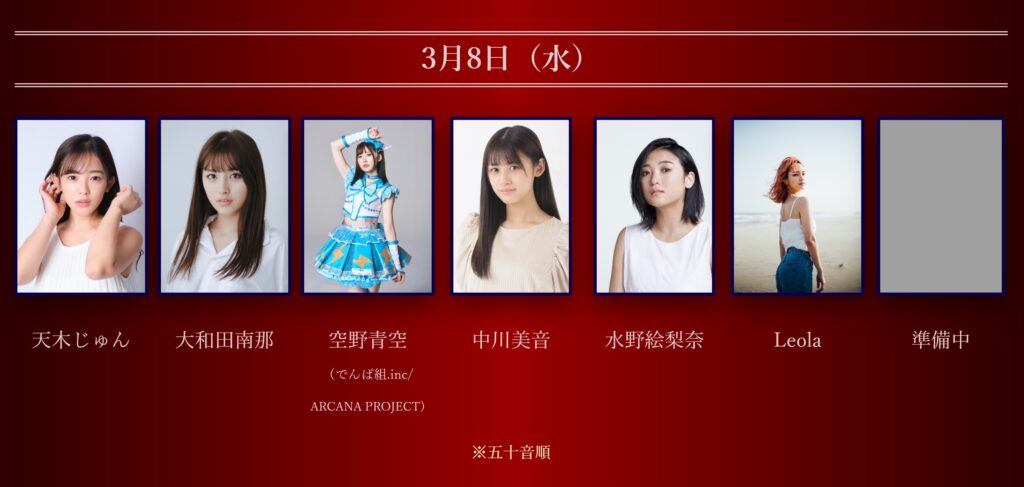
[March 9th (Thursday) performers (in alphabetical order)]
Haruna Ishii/Erika Ishitobi/Misato Kawachi/Mayumi Shiraishi/others
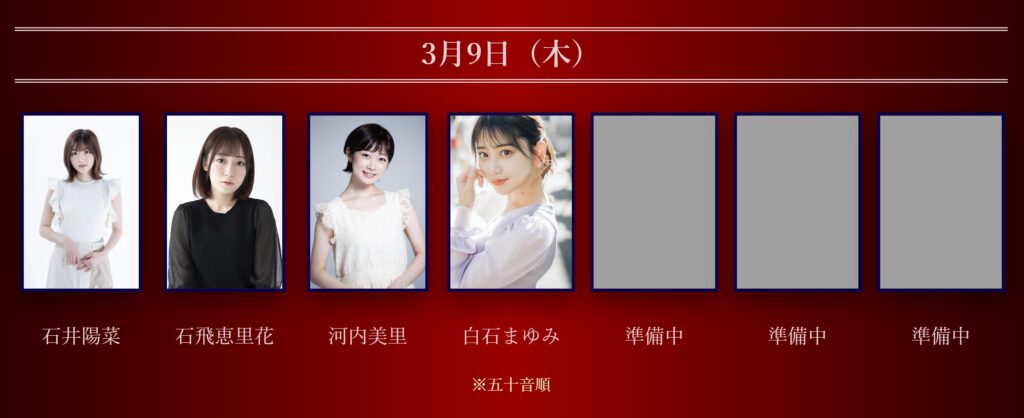
[March 10 (Friday) performers (in alphabetical order)]
Shota Aoi/Shinichiro Kamio/Shonen T/Shun Takagi/Others
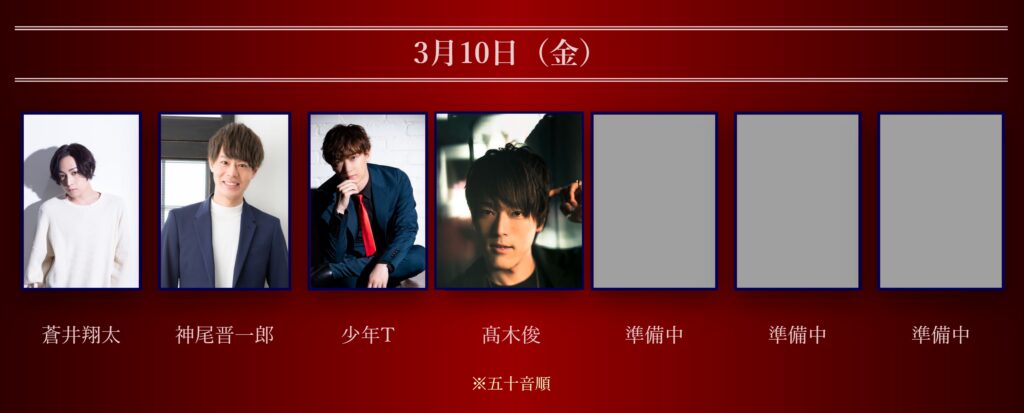
[March 11 (Saturday) performers (in alphabetical order)]
SKE48 Team KII: Rika Aoki/Ayaka Okamoto/Yuzuki Hidaka
SKE48 Team E: Natsuki Kamata/Marika Tani/Mimio Hayashi
SKE48 11th research student: Yune Hara
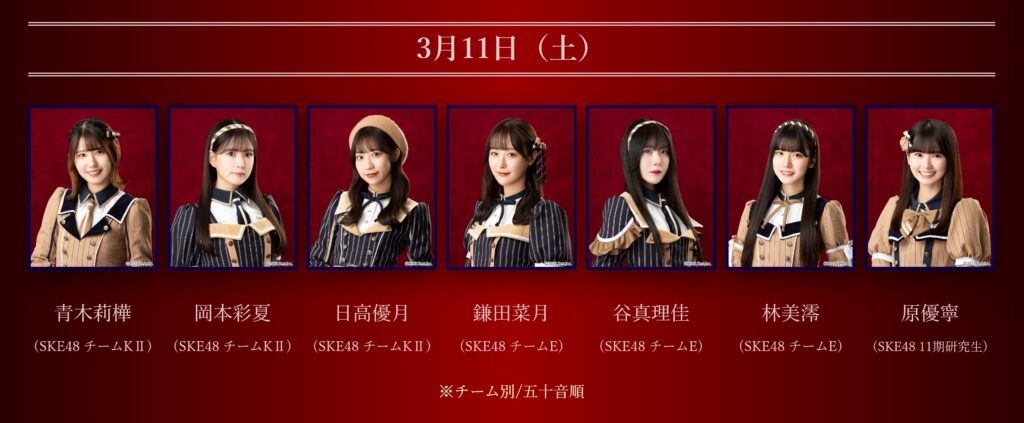
[March 12 (Sun) performers (in alphabetical order)]
Satomi Akesaka/Kenji Taniguchi/Sho Tomita/Fumiya Matsuzaki/Miyu Yoshimoto/others
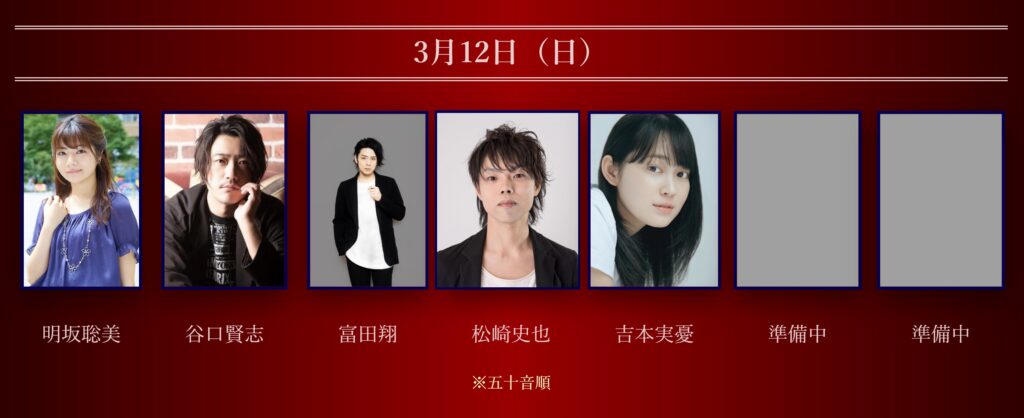
[Facilitator]
Tatsuya Aoki (appearing on all stages)

Staff Original: Shinobu Kaitani “LIAR GAME” (published by Shueisha Young Jump Comics)
Game Planning and Supervision: Takayuki Magata Screenplay: Takayuki Magata / Shamisui Production: Ken Senda (Bobjack Theater)
Stage Director: Seiichi Ito (Ito Kikaku)
Director: Hiroyuki Obana Art: Kenshiro Ishikura (TEN WORKS)
Lighting: Kahoru Higuchi (Rokukoubou)
Lighting operator: Yu Akiya (Rokukoubou)
Sound: Atsuhiro Nagara (Stage Office)/Michi Hayakawa (Stage Office)/Shiho Deguchi (RESON)
Video production: Yuki Sakauchi (Big Bang Bang) / Ume (Big Bang Bang) / Ayane Yoshida (Big Bang Bang)
Costumes: Kazuma Numasaki (Revelten)
Costume progression: Rina Tadokoro/Yuri Ito (GOSHIKI)
Hair and make-up: Satomi Kudo/Haruna Kuroda Delivery: murasaki (AgGraph)/Yuno Kashima Video recording: Kazuhiro Watanabe/Shin Yasuda/Ryohei Tanaka Steel: Hiroshi Koike Advertising art: Kantaro Fujio Shota/Yuri Adachi/Miho Niwayama/Tomoyuki Kamijo/Ayumu Kawasaki (Ayumu Kikaku)/Souka Yoshida Production Manager/Sales Manager: Ryosuke Akiyama (De-LIGHT)
Production Supervisor: Shuji Hayashi (Pius)
Casting: Kazuya Kitamura (Beonest) / Shuji Hayashi (Pius) /
Hiroshi Natsuki (De-LIGHT) / Isao Shinohara (Theater group SINK)
Associate Producer: Kai Nishimoto (Bandai Namco Amusement) / Takumi Tatsukawa (ABC Animation)
Producer: Satoshi Ohno (Bandai Namco Amusement) / Kazunari Yasui (ABC Animation)
Production: Pius Production cooperation: De-LIGHT
Planning and sponsorship: Bandai Namco Amusement / ABC Animation
© Shinobu Kaitani/Shueisha/Stage “LIAR GAME murder mystery” Production Committee
[What is Liar Game? ]
Originally written by Shinobu Kaitani, serialized in Weekly Young Jump magazine from 2005 to 2015.
It depicts a tense psychological battle between the characters over a gambling prize called “The Liar Game”.
The TV drama aired on Fuji TV in 2007. Then made into a movie. A remake version was aired in South Korea in 2014.
One of the works that created the “death game” boom that continues to this day.
In 2011, the number of comics published exceeded 5 million copies.
[What is Murder Mystery? ]
A scenario in which an incident such as murder has occurred is prepared, and participants play the role of characters in the story and proceed with the game while having conversations with the aim of finding the criminal (the person playing the criminal escapes).
Scenarios such as the backbone of each character and actions on the day of the incident are prepared, so you can experience yourself as if you have entered the world of mystery novels. Each scenario can be played only once in a lifetime because all the mysteries will be solved once you experience it.
*The information in this article is current as of the date of publication. Contents are subject to change without notice after announcement. Please note.
※The image is an image.
©Bandai Namco Amusement Inc.
Article provided by: kokosil Ueno
See other exhibition information





